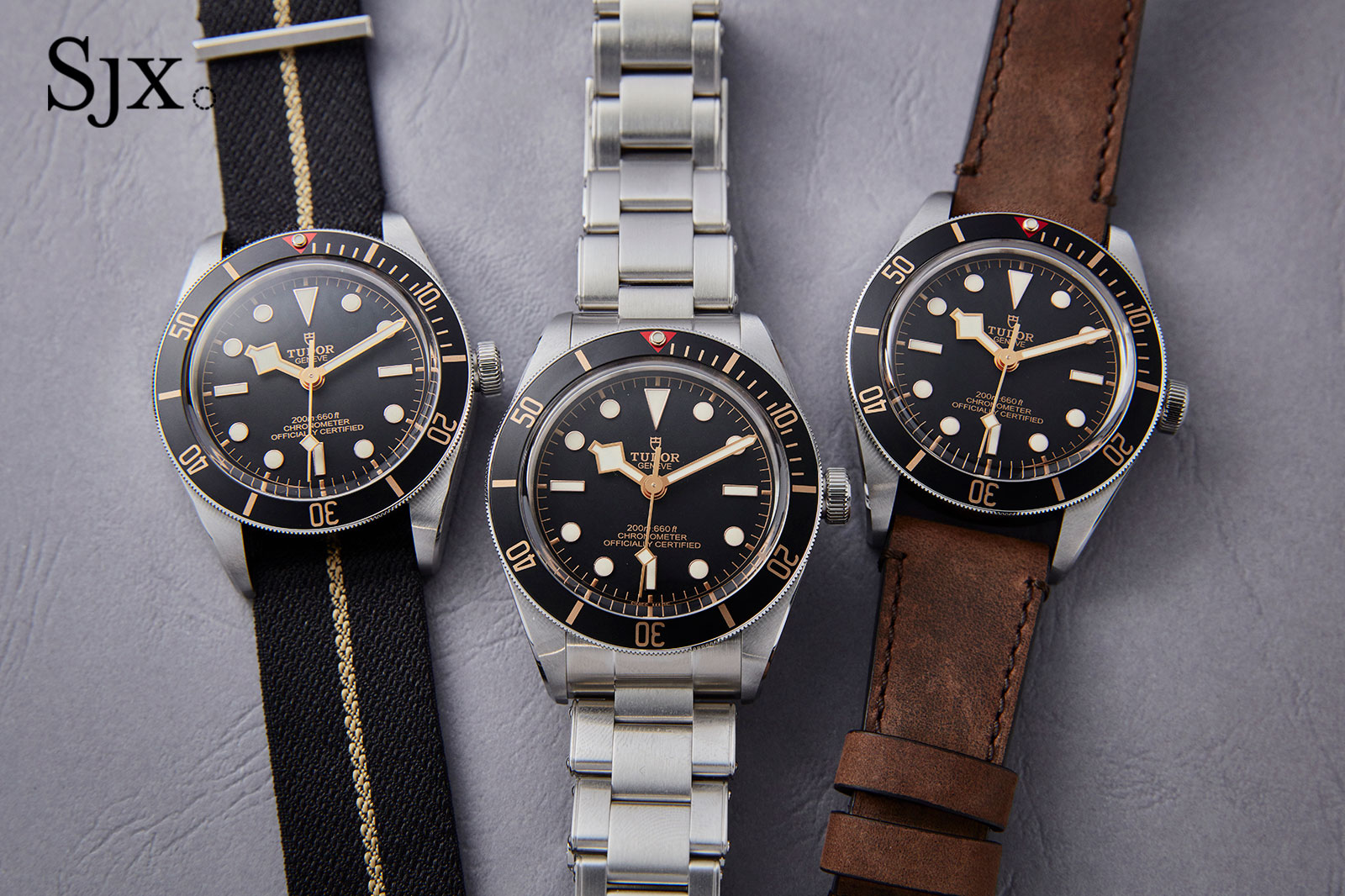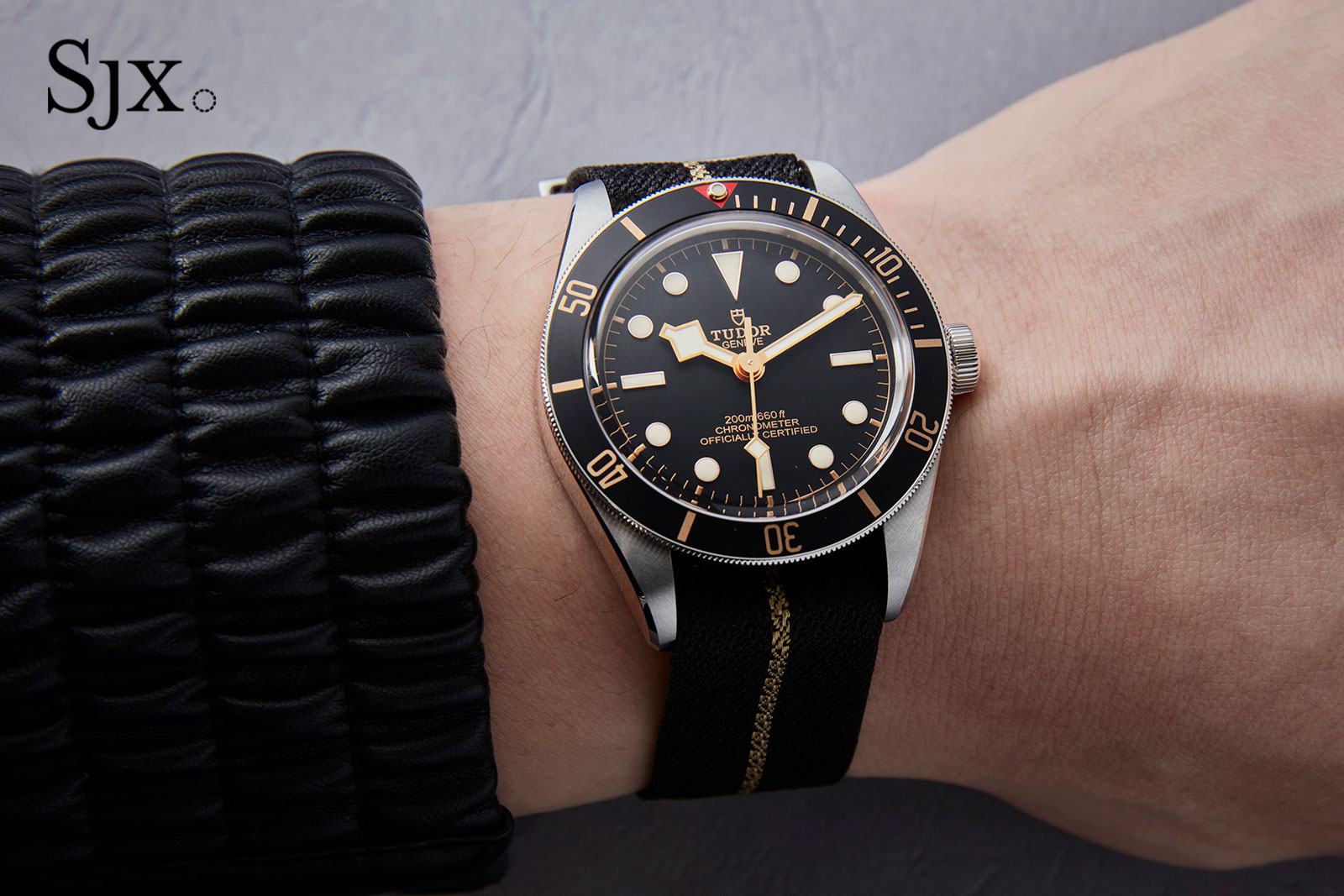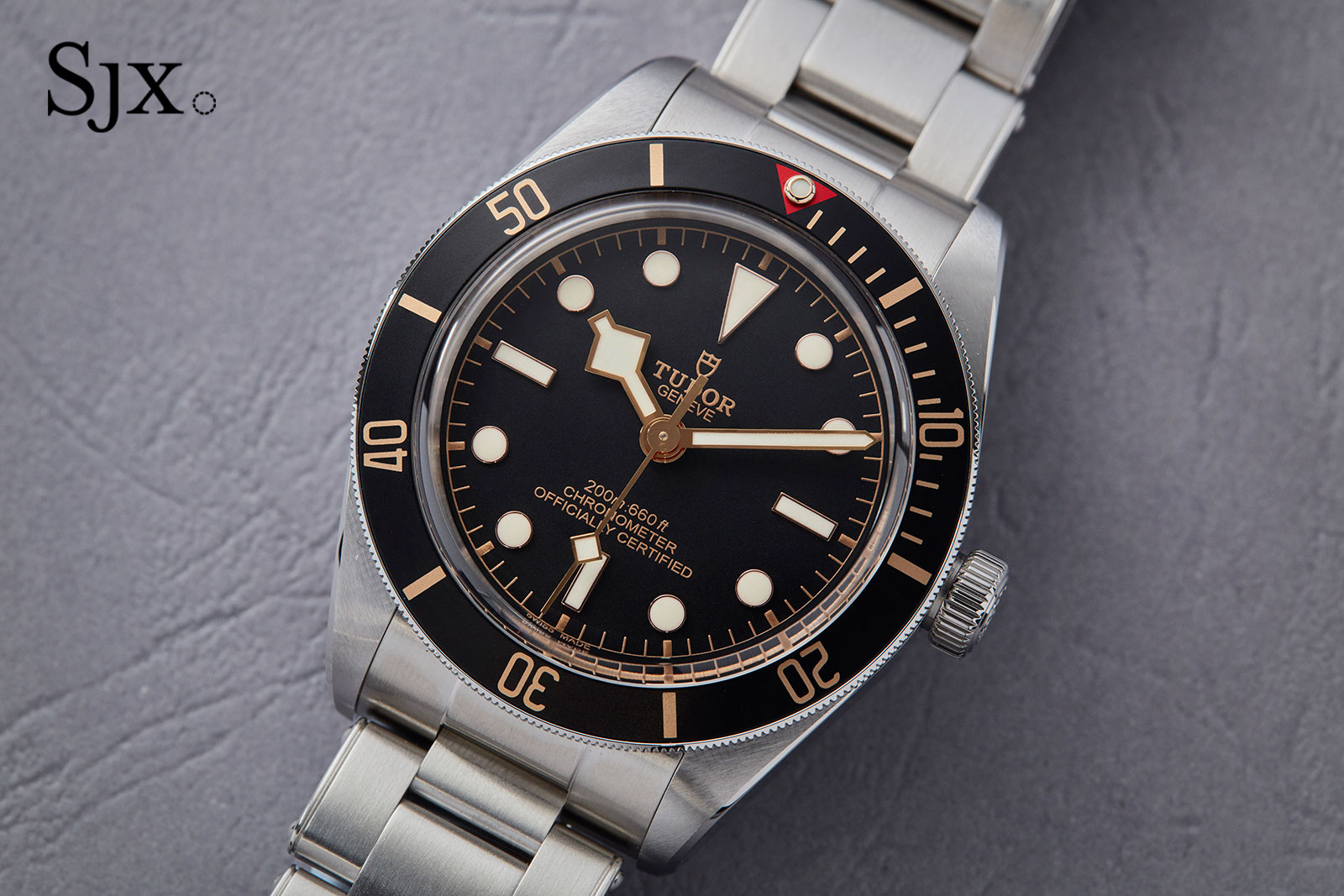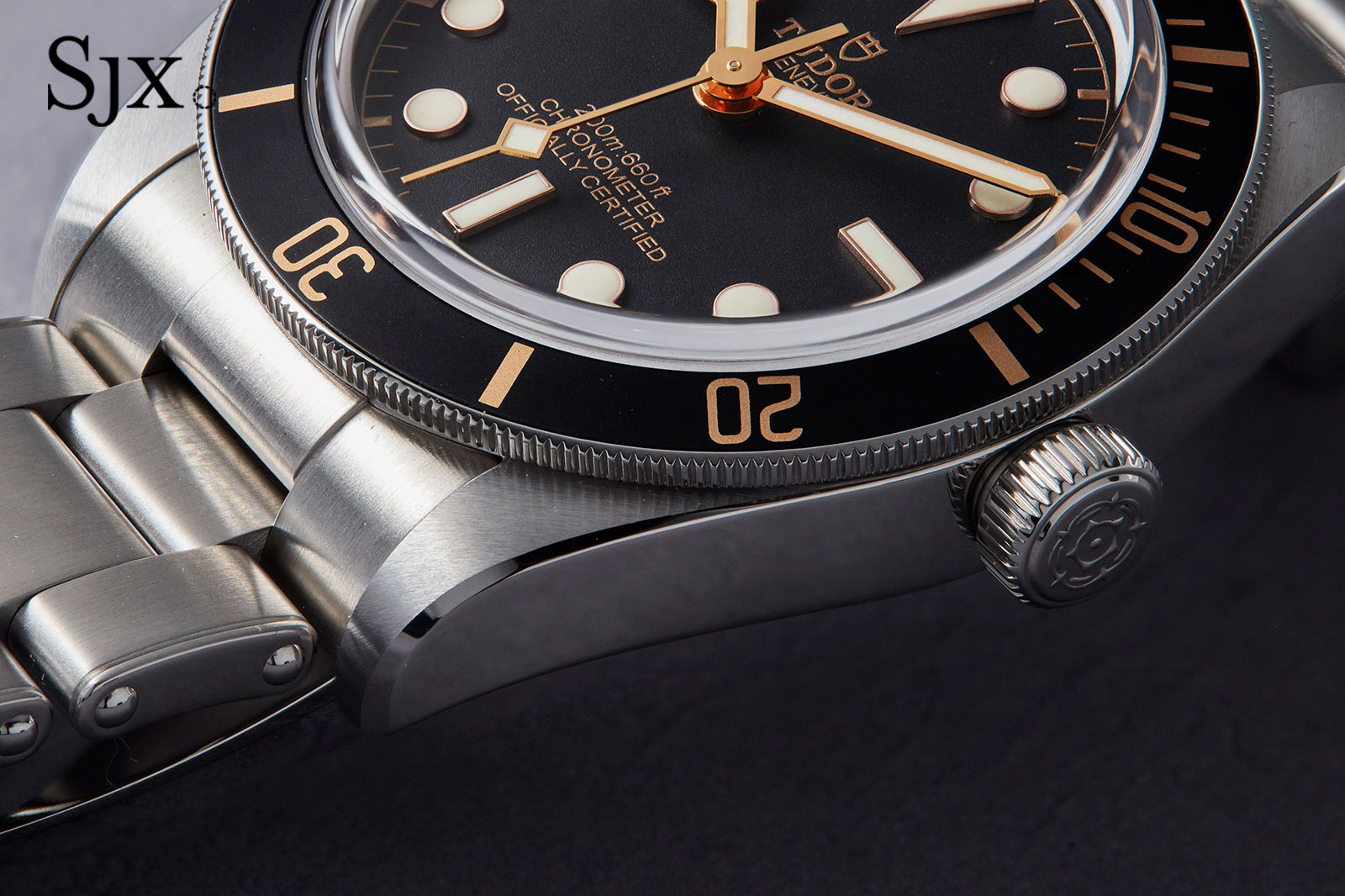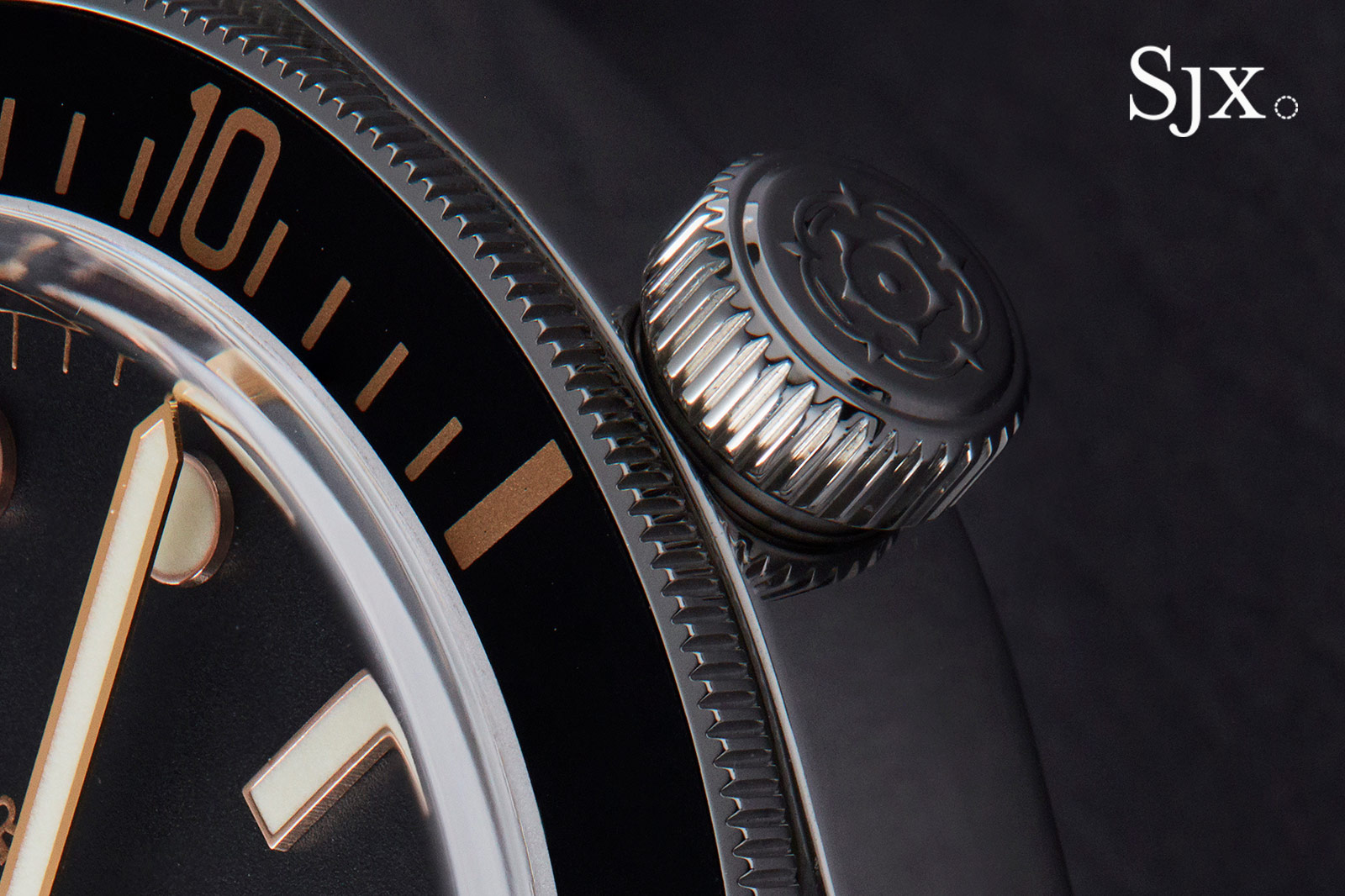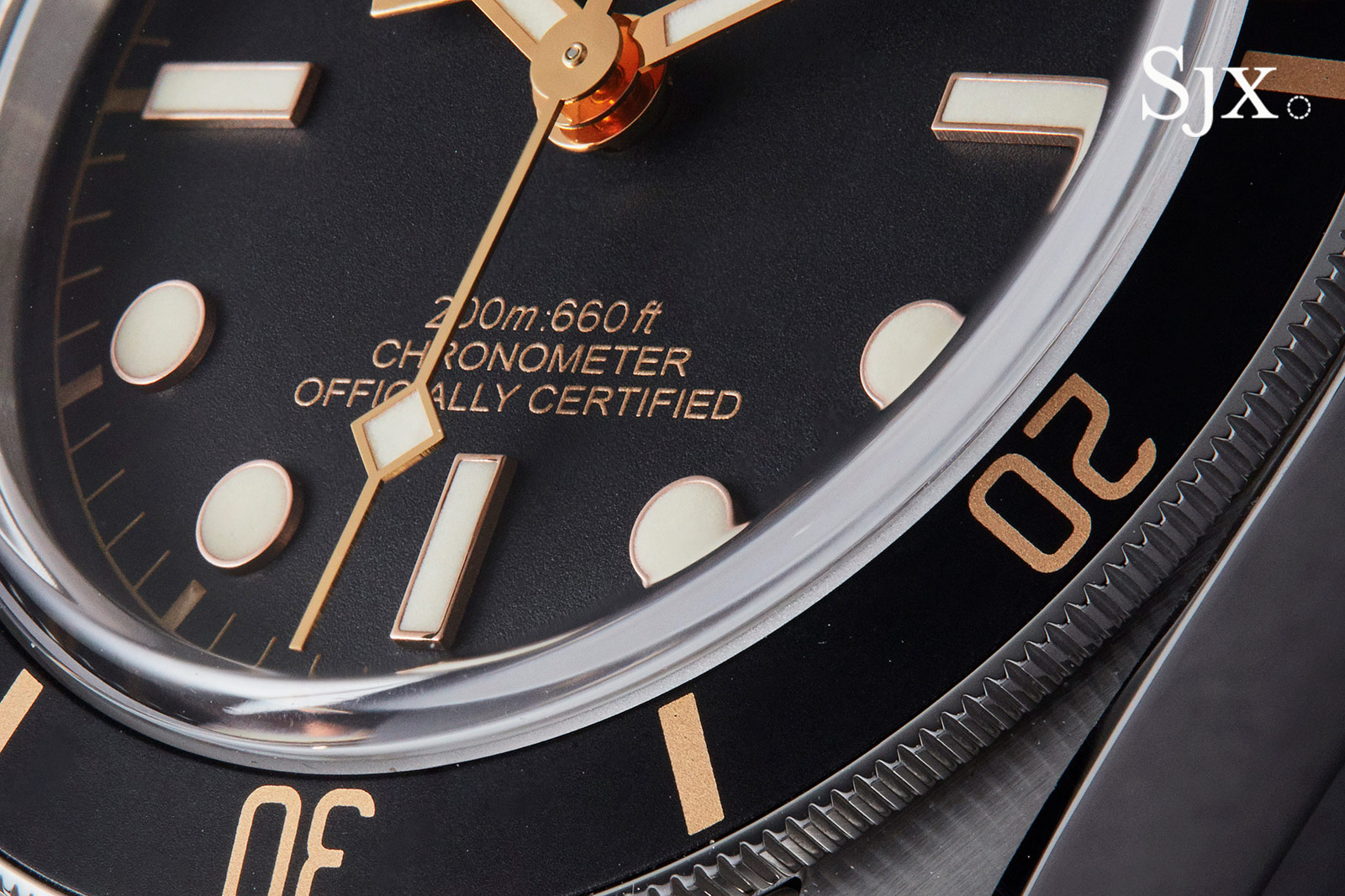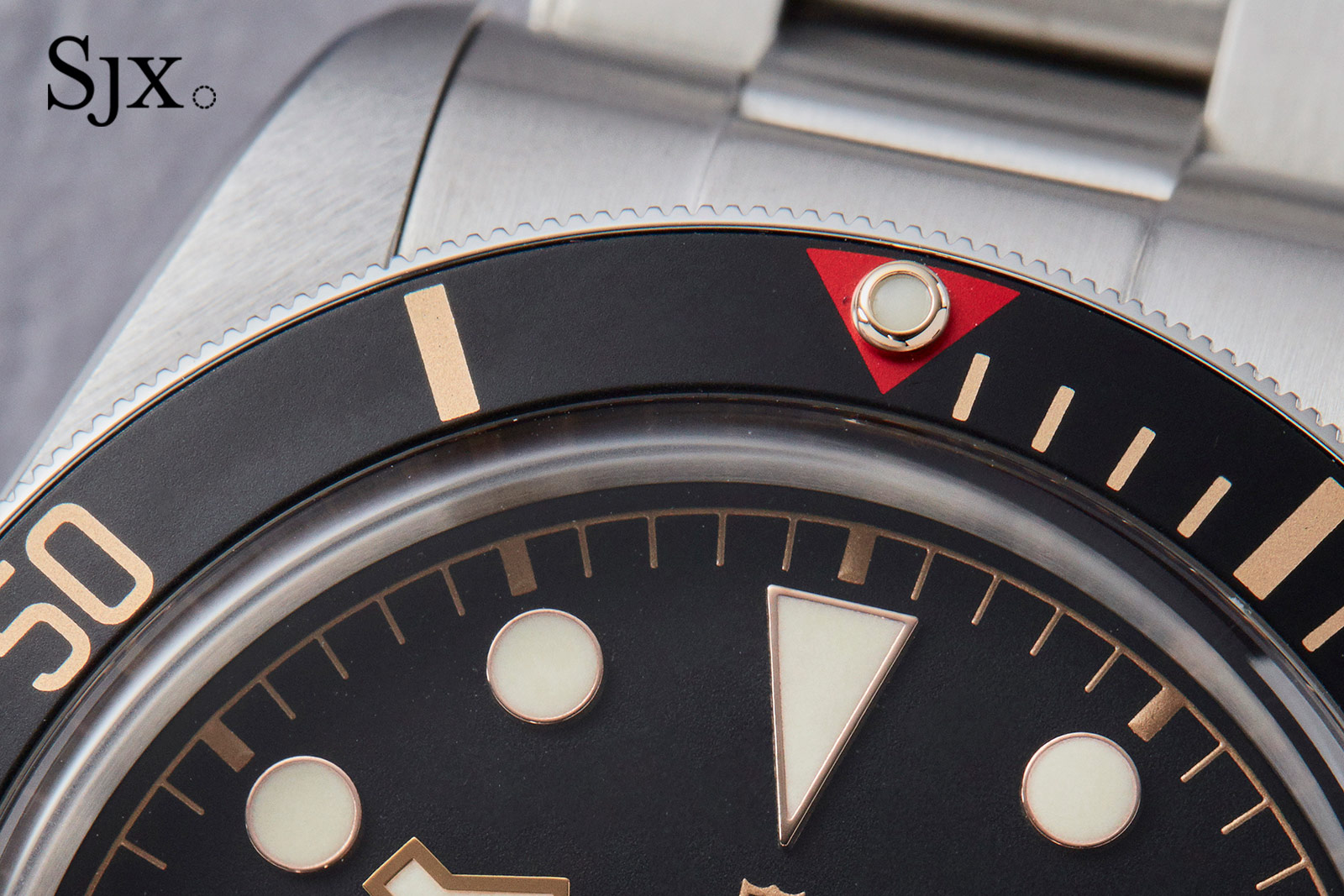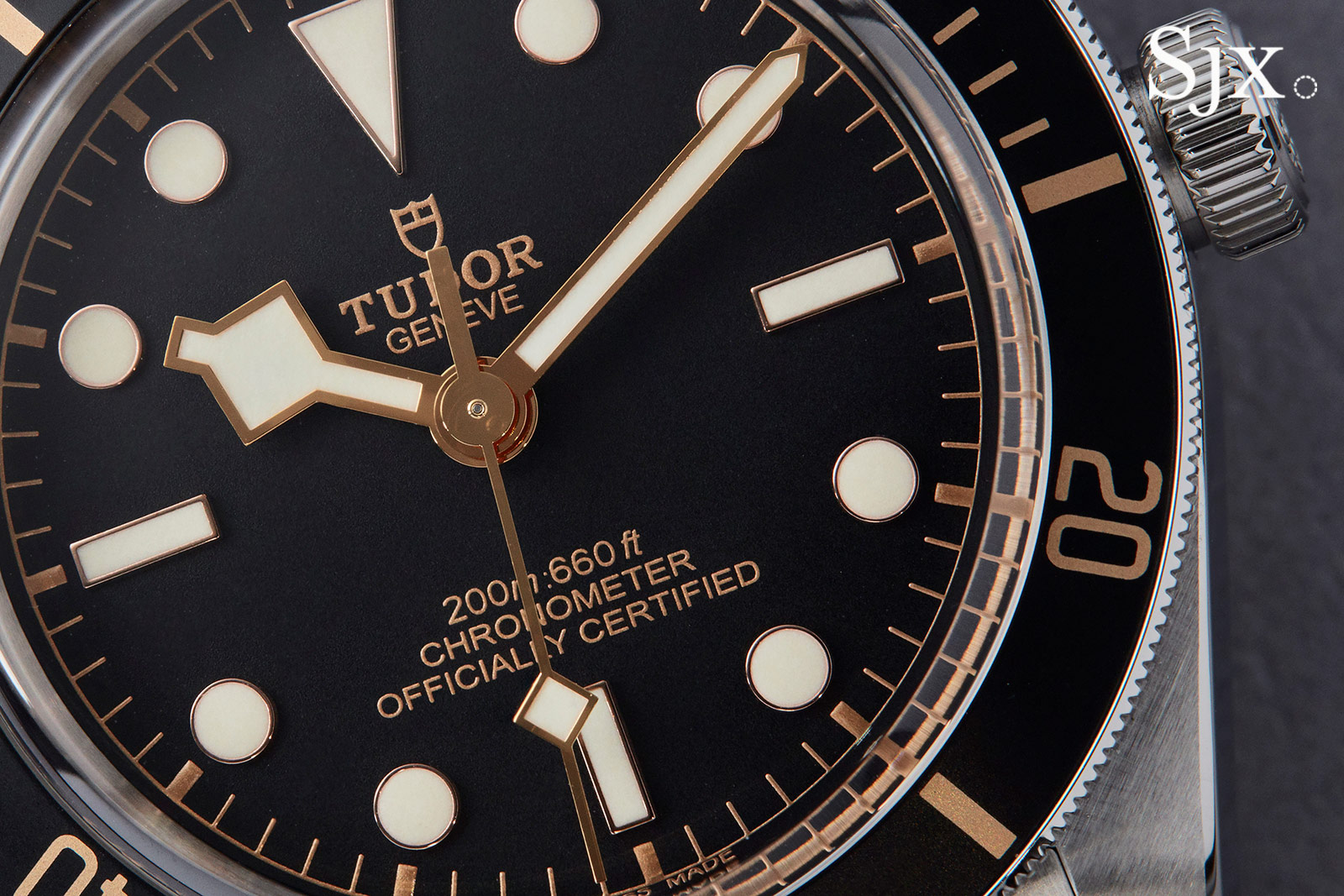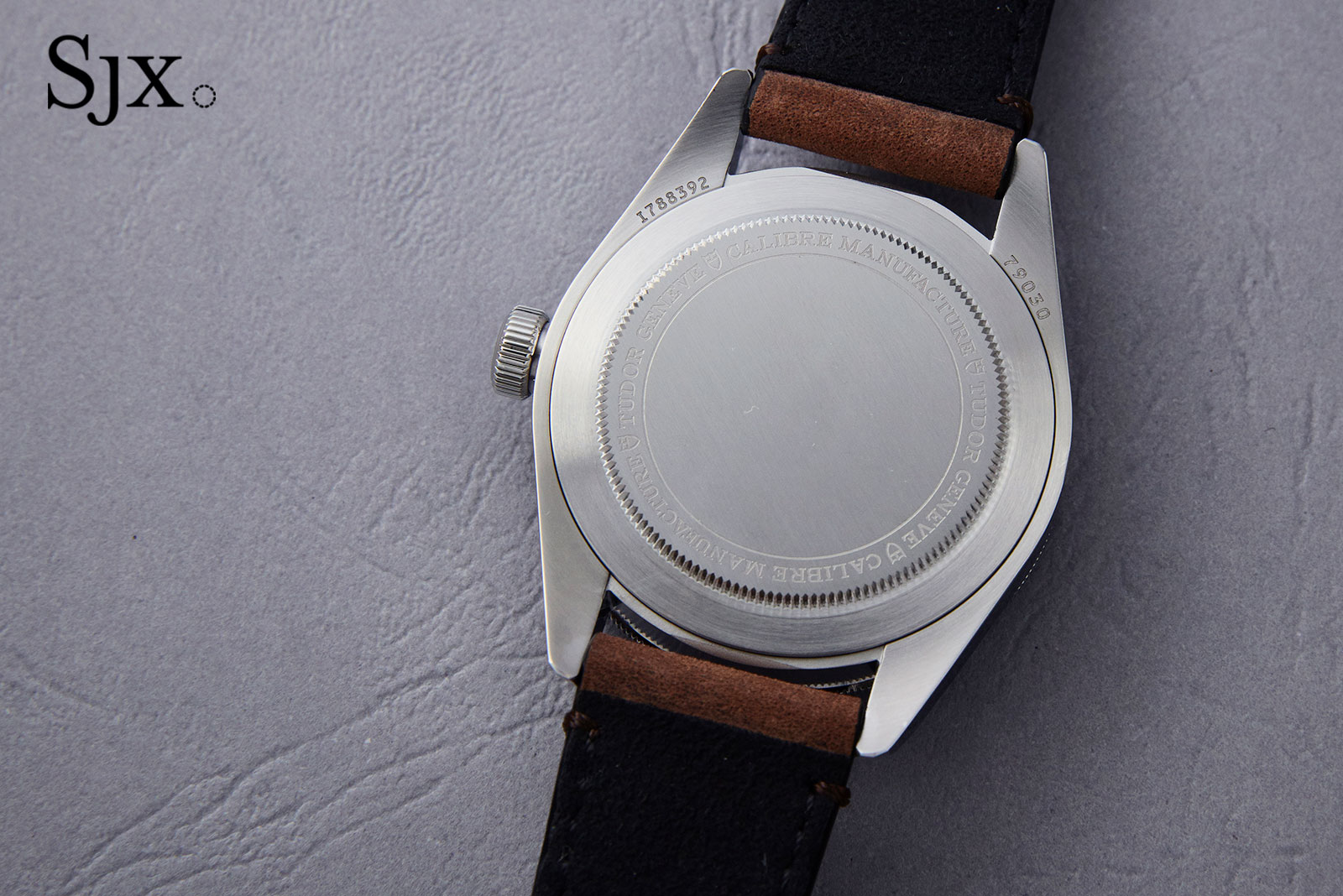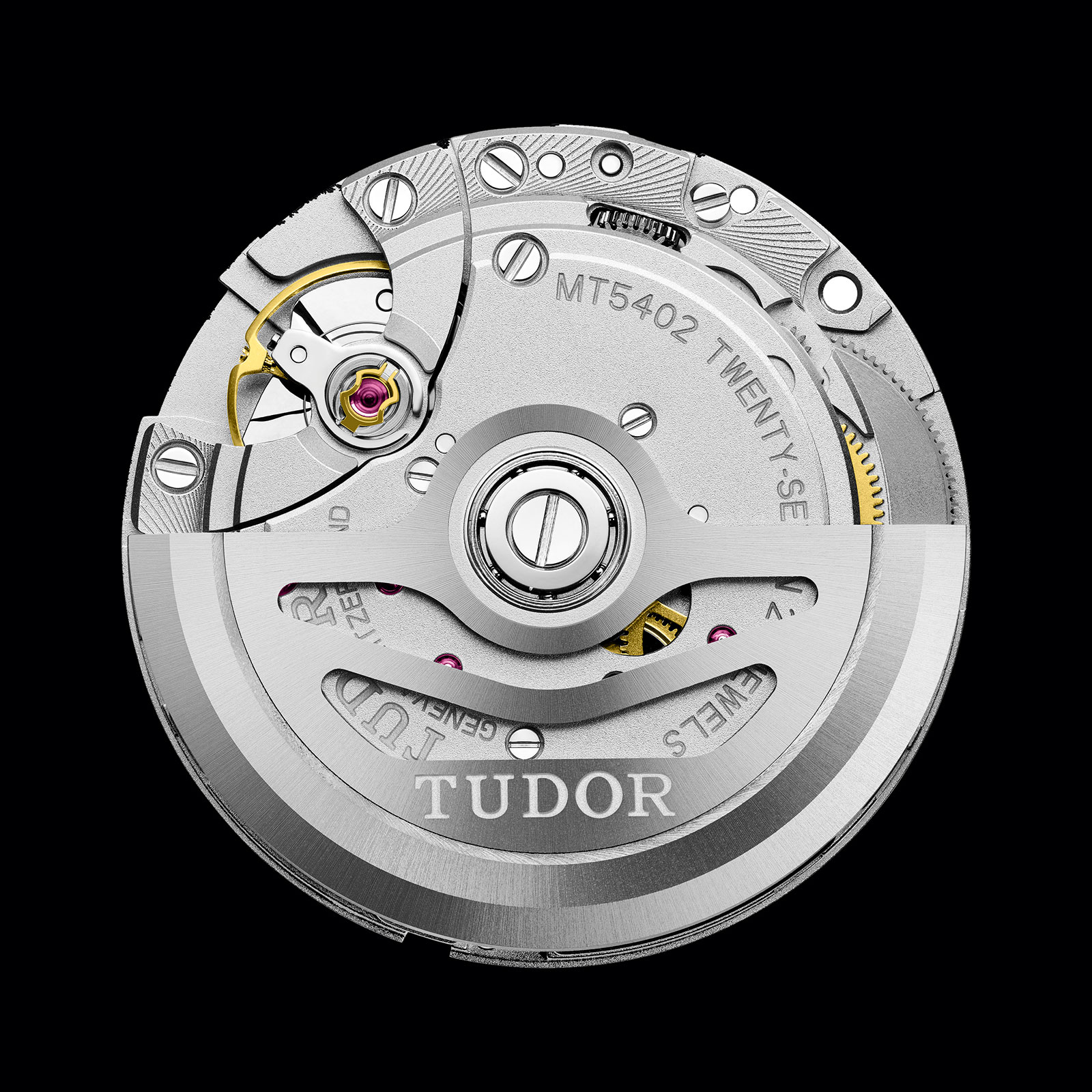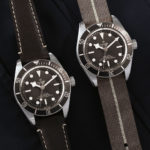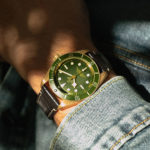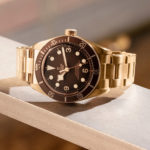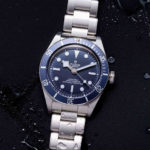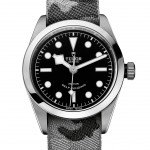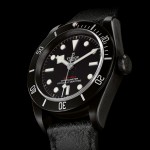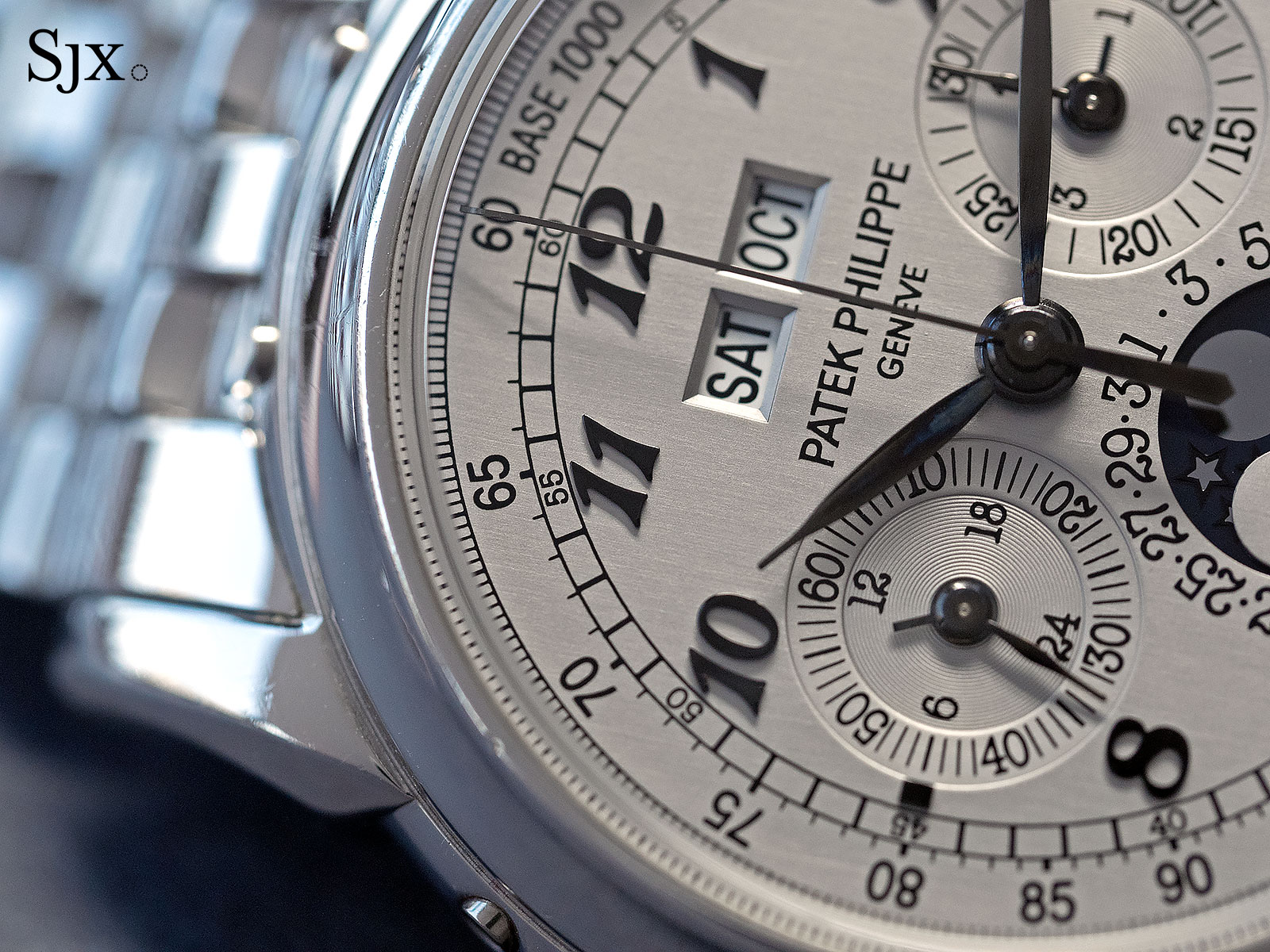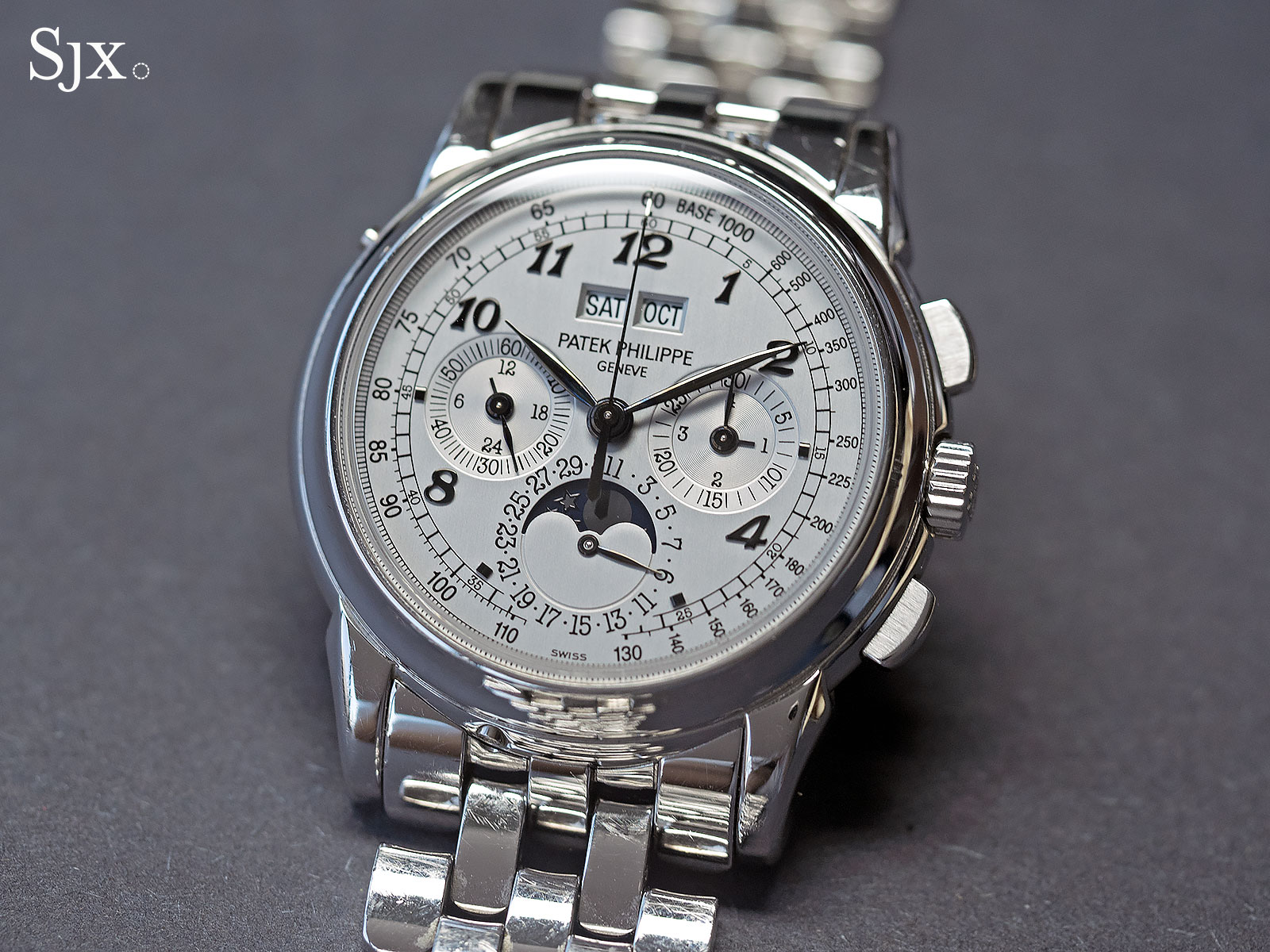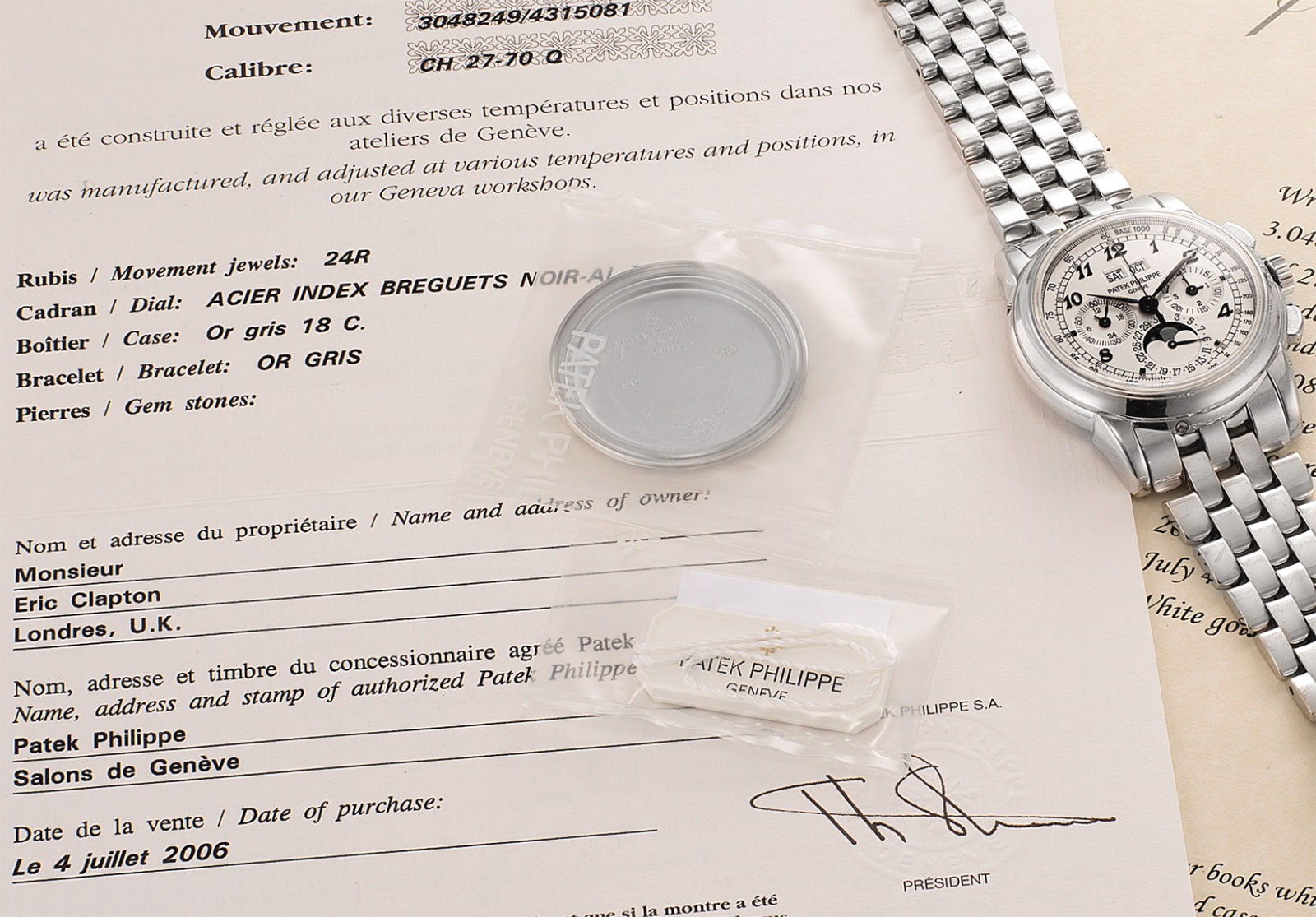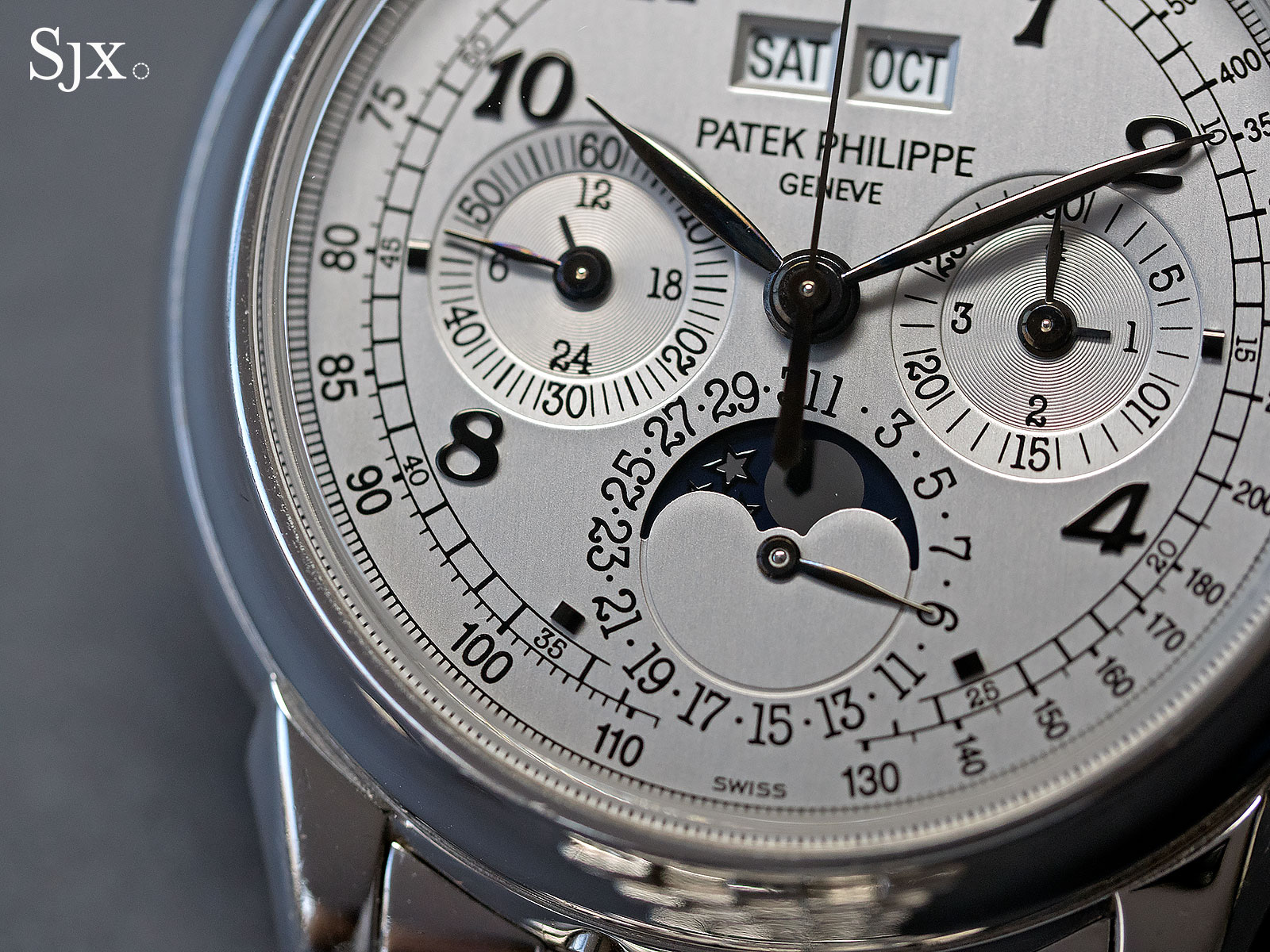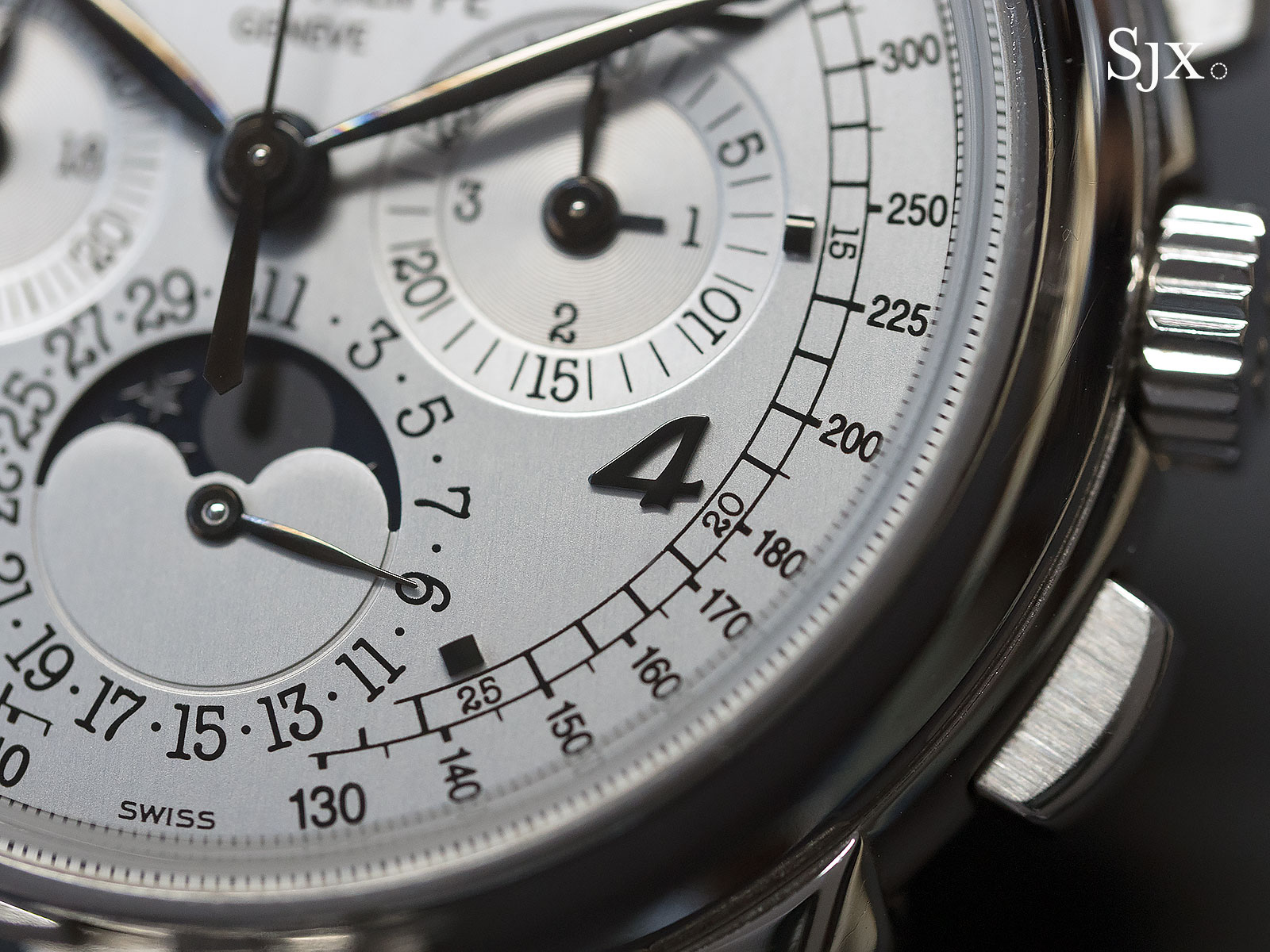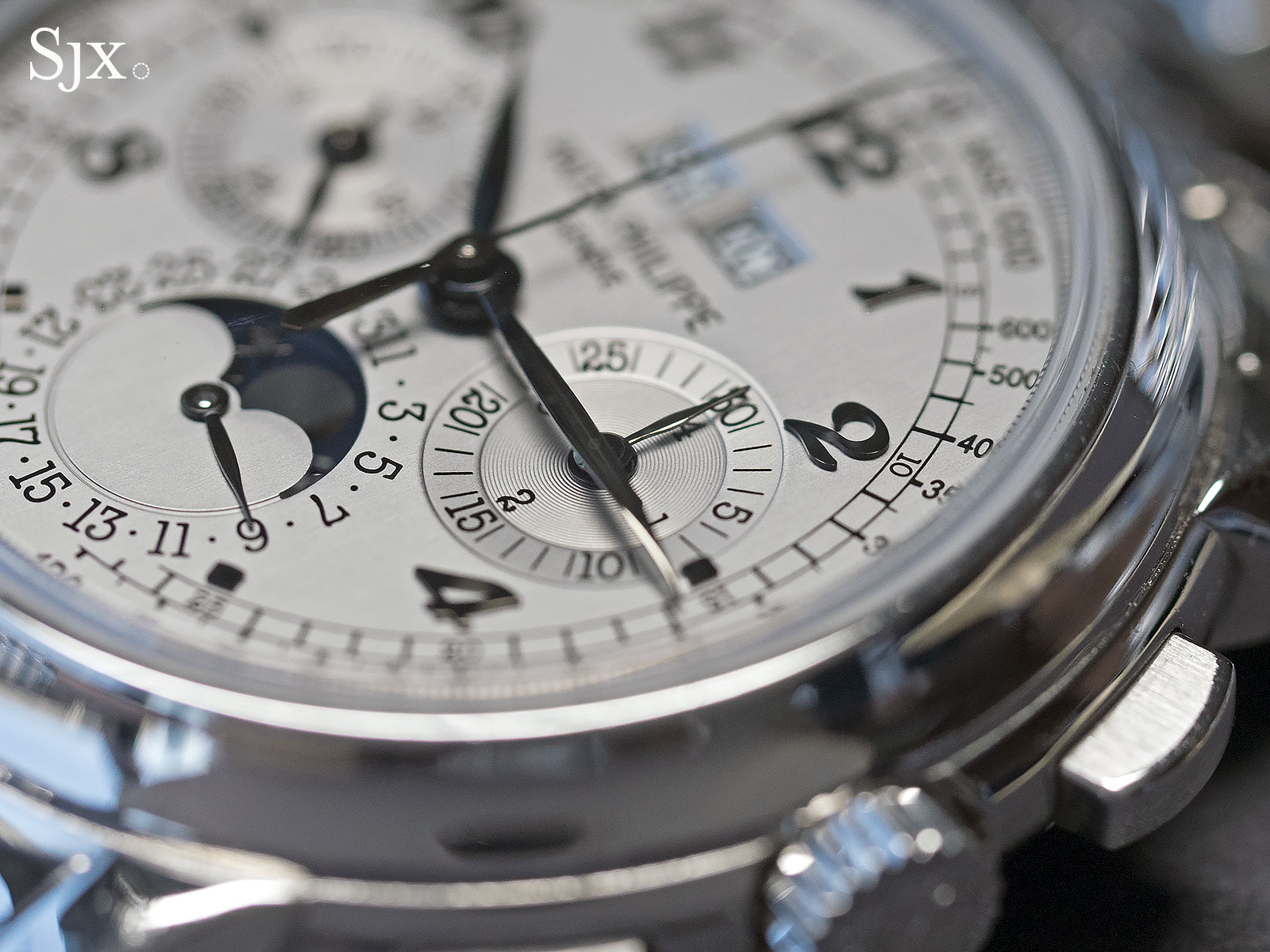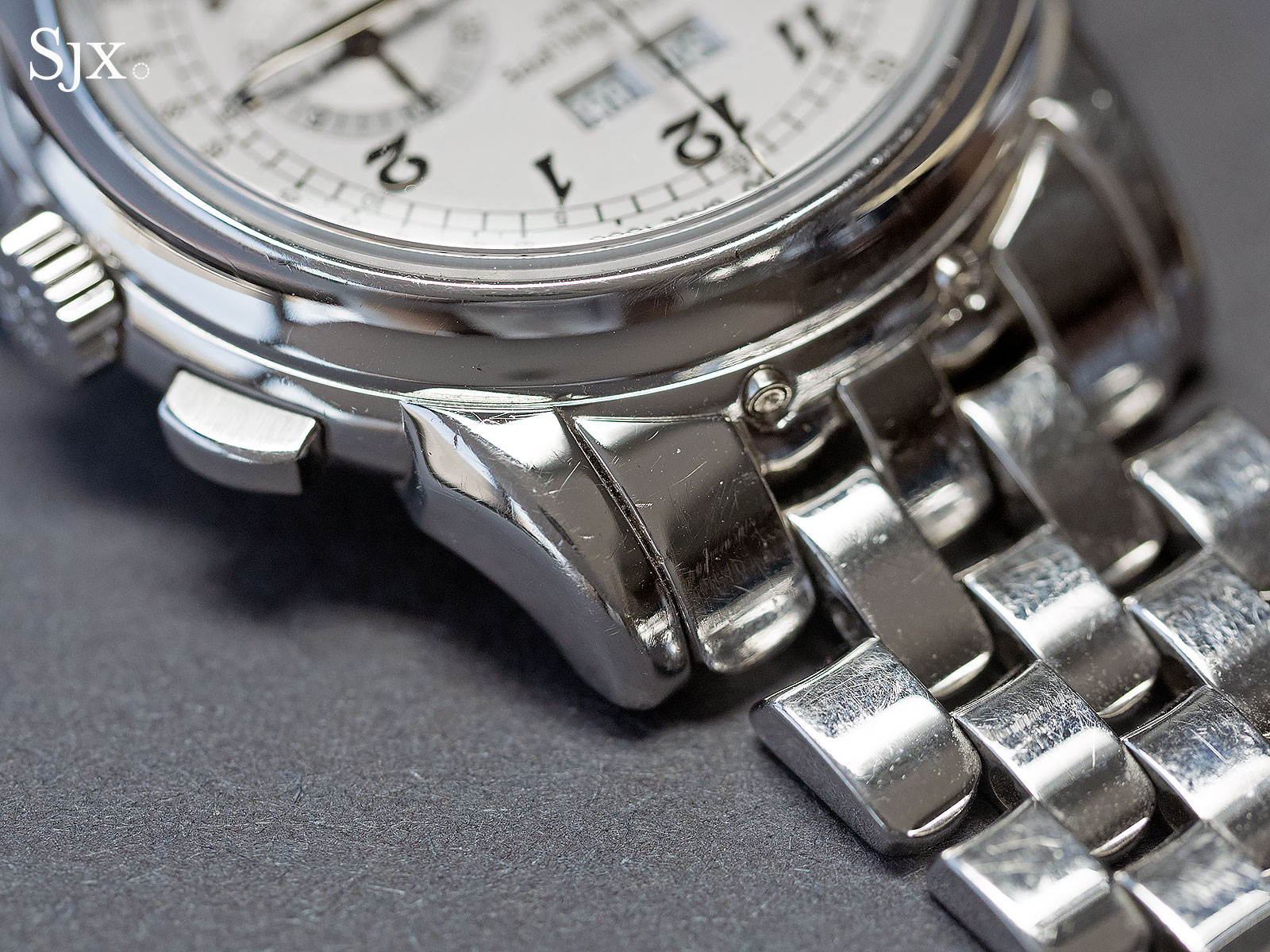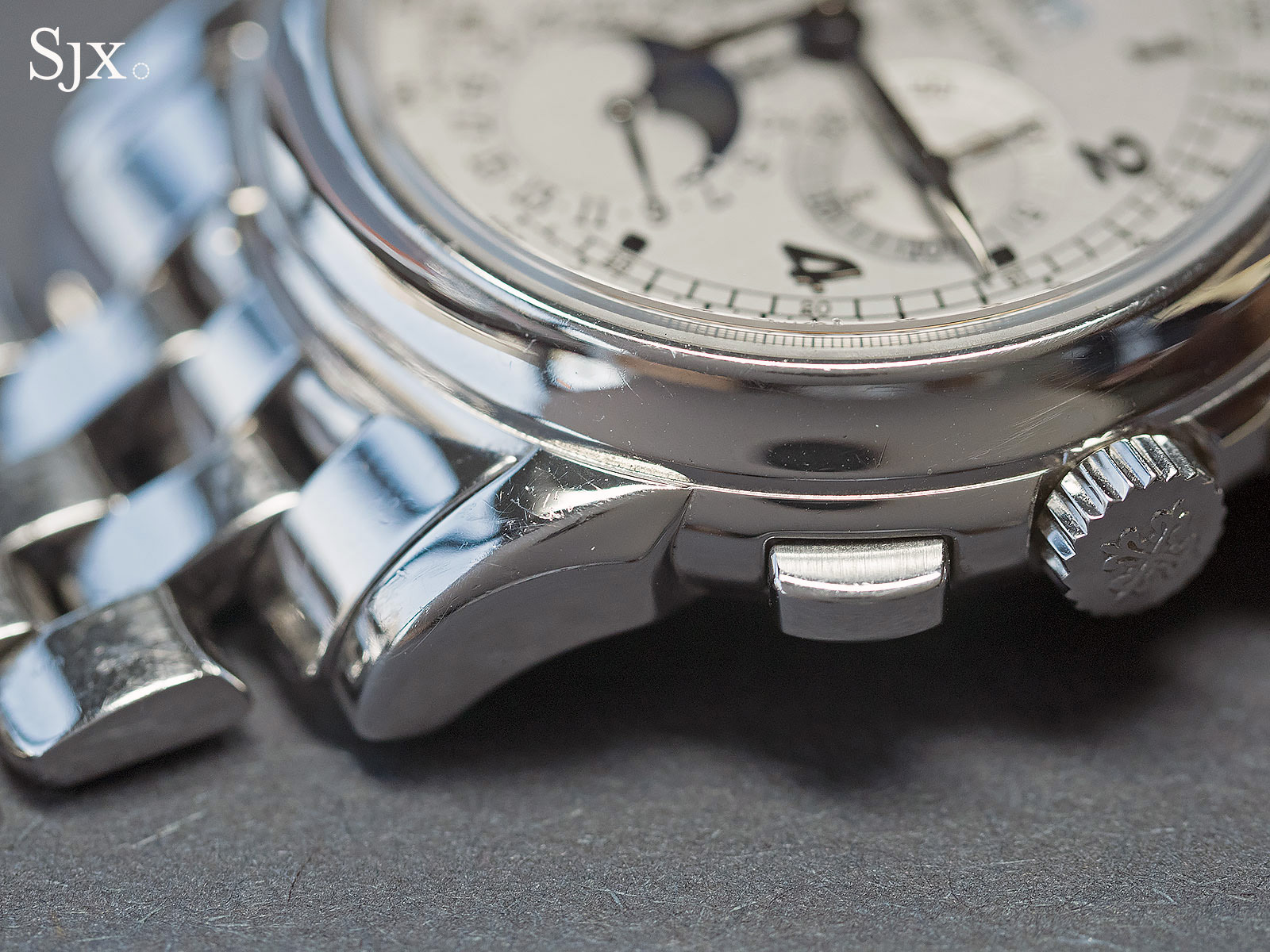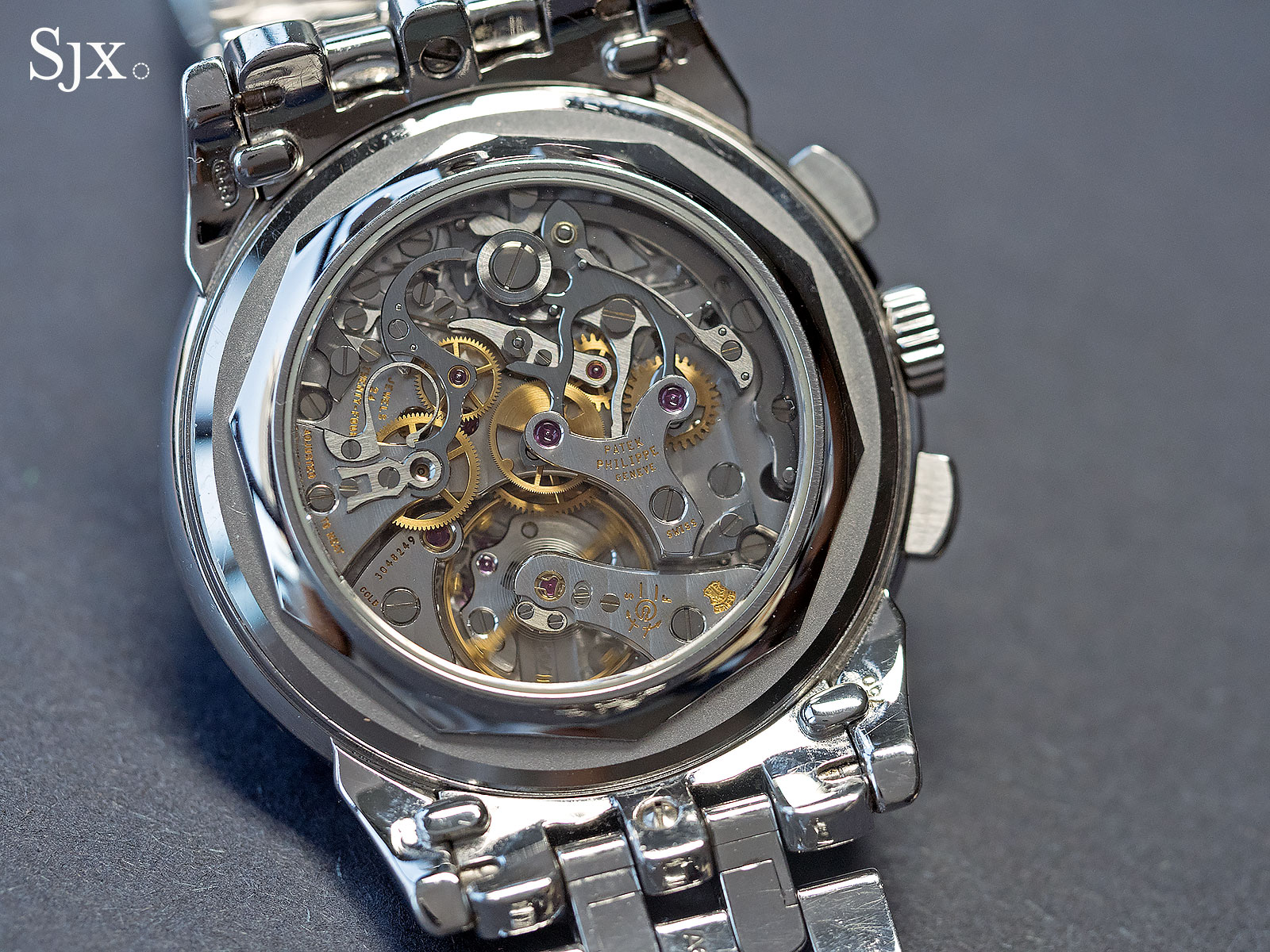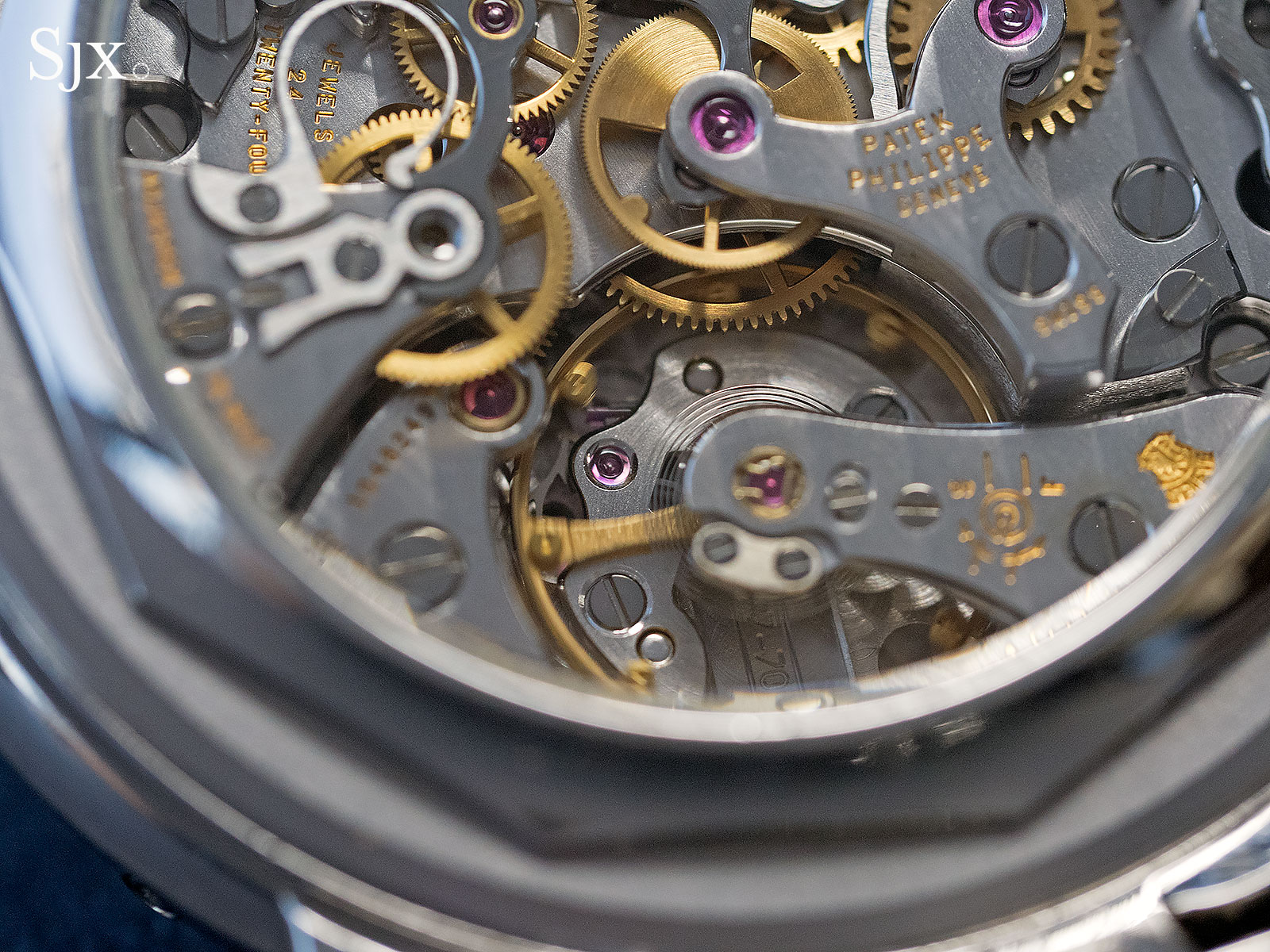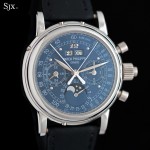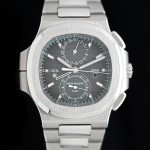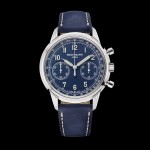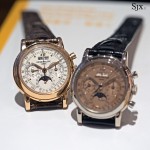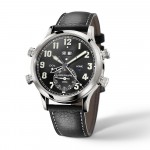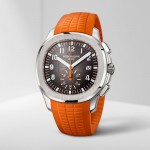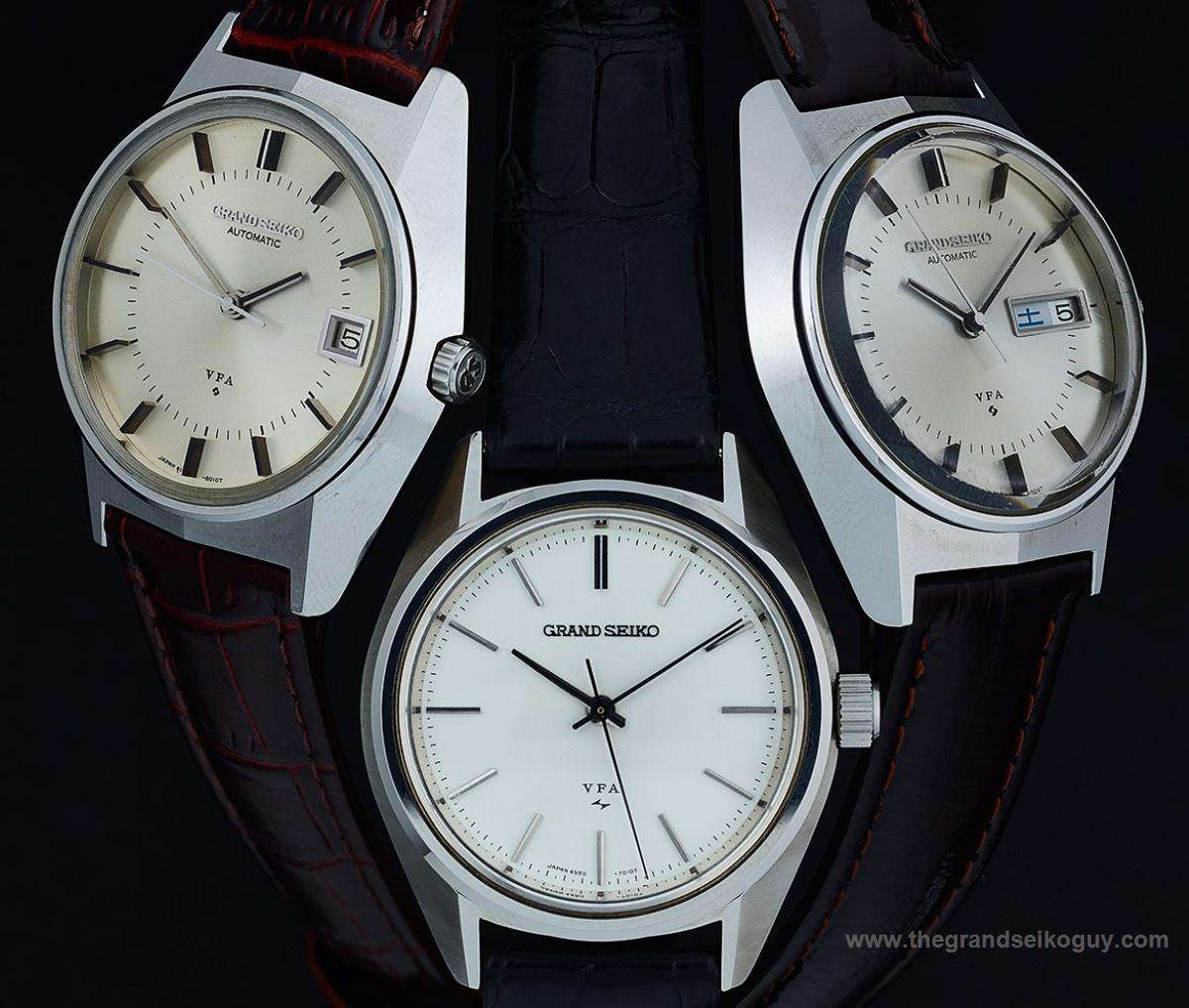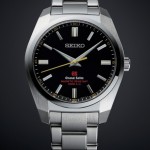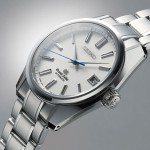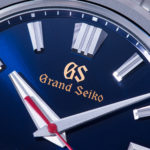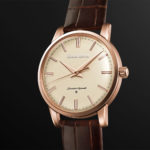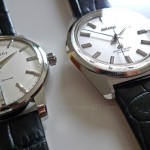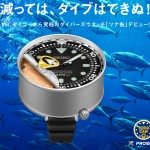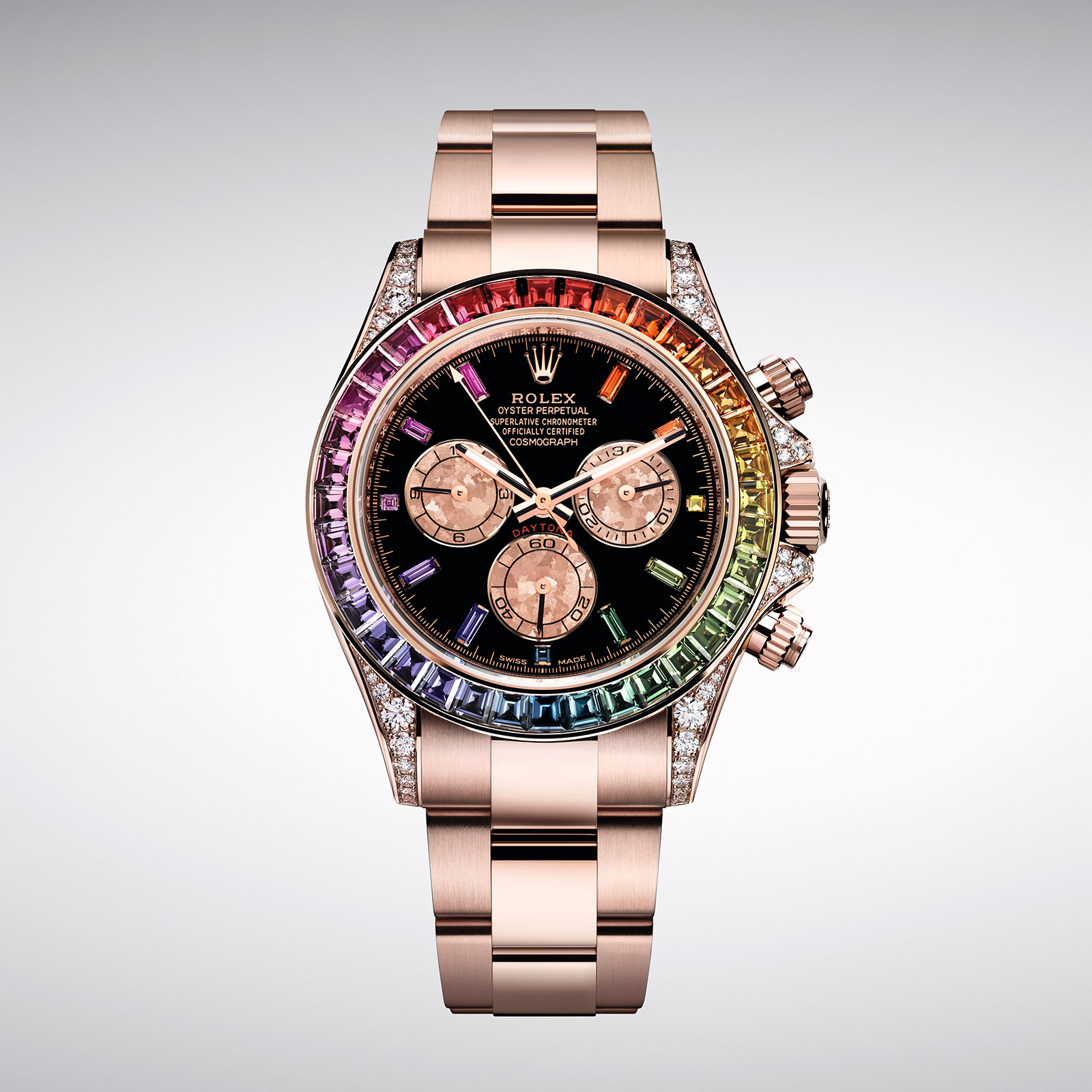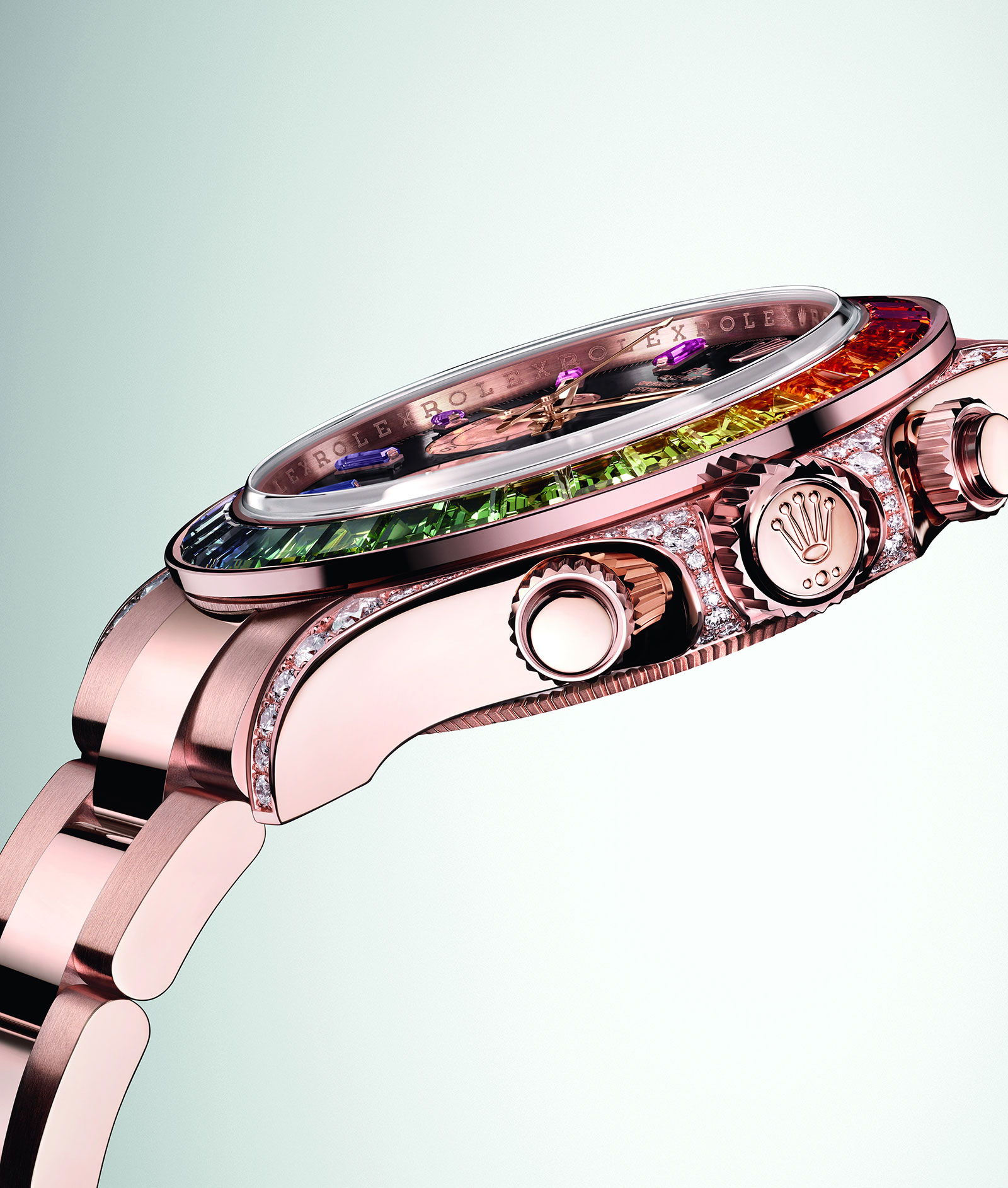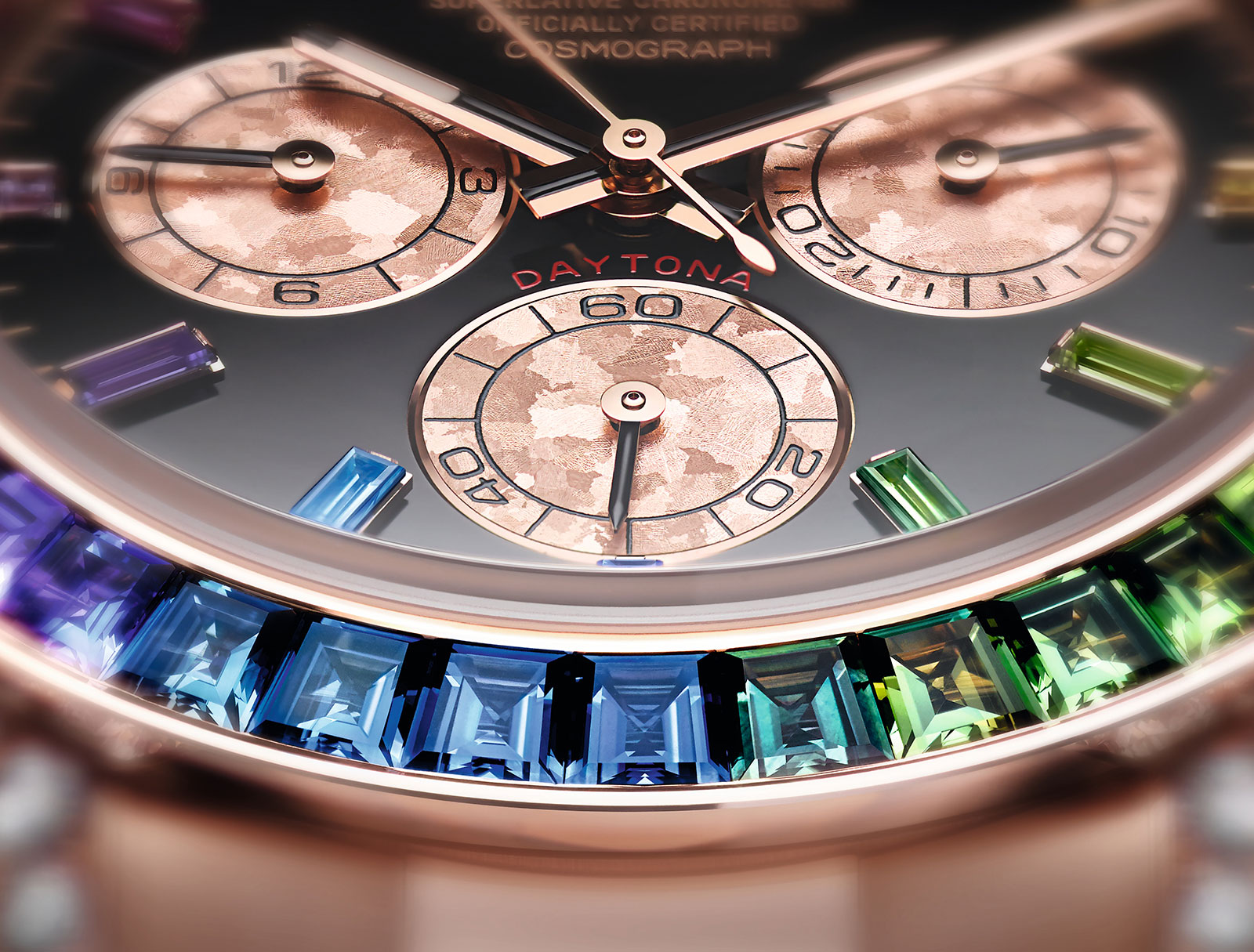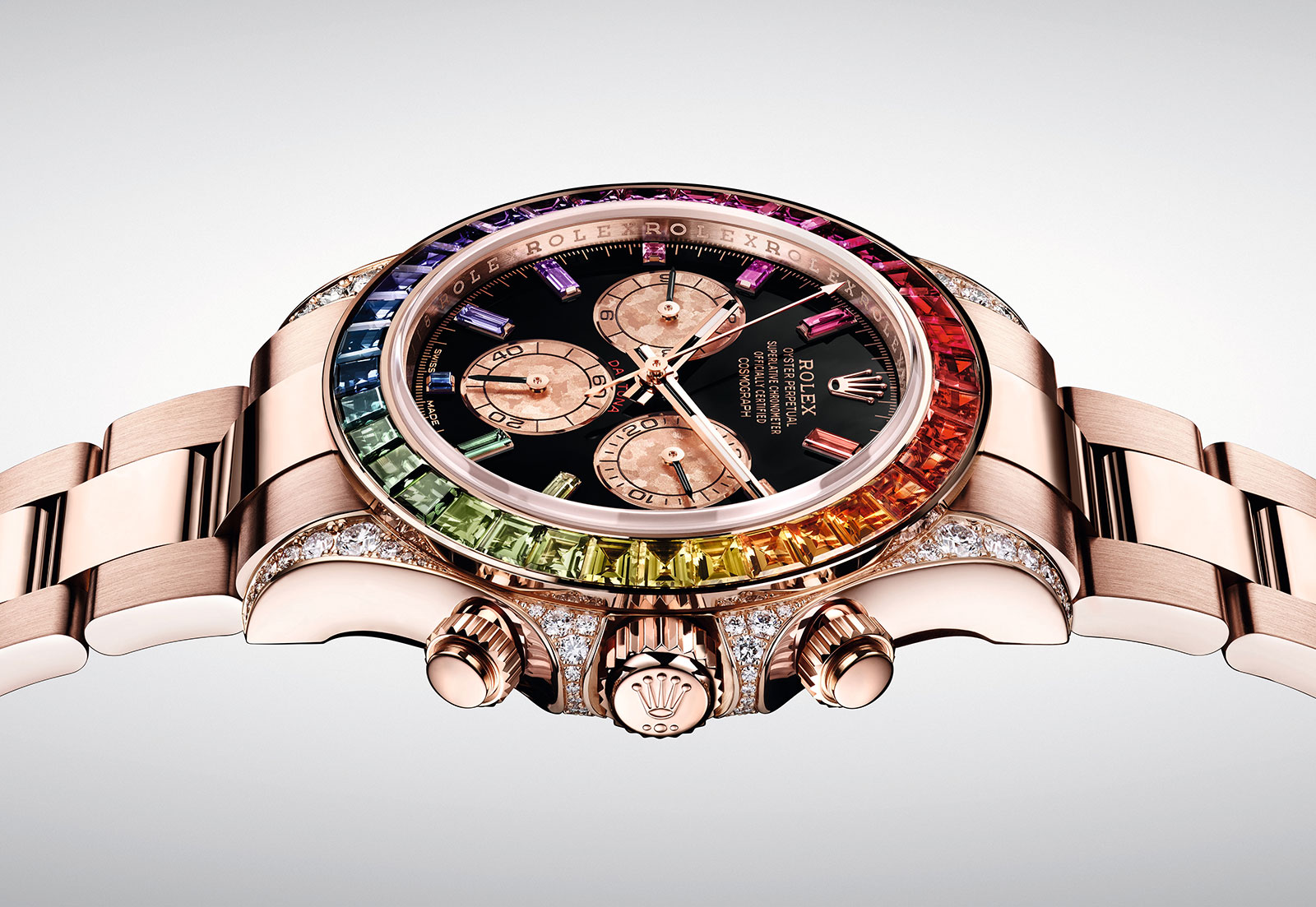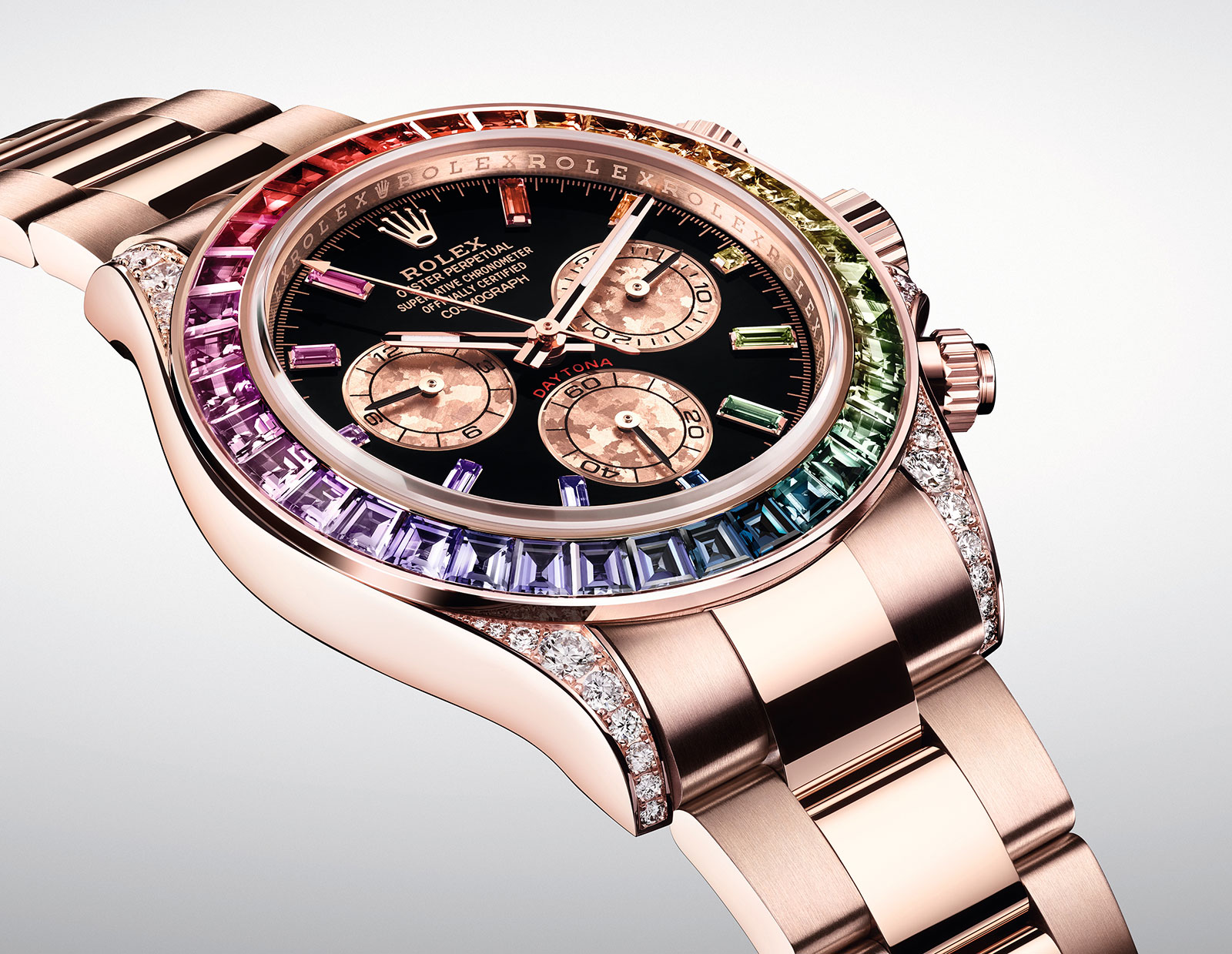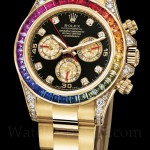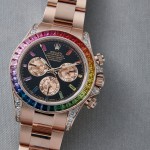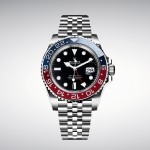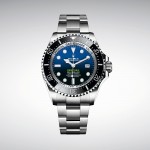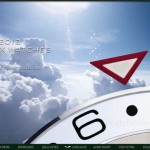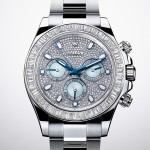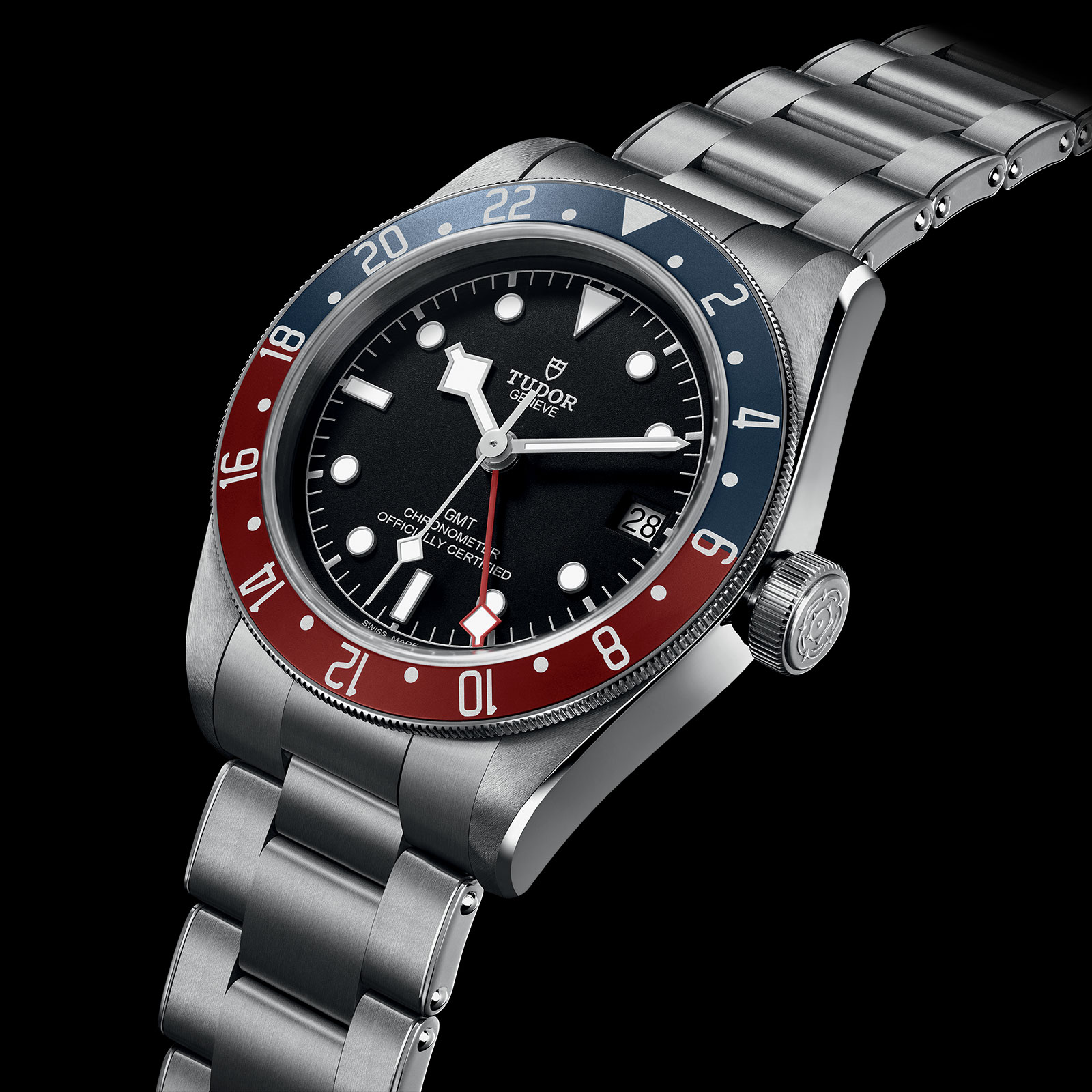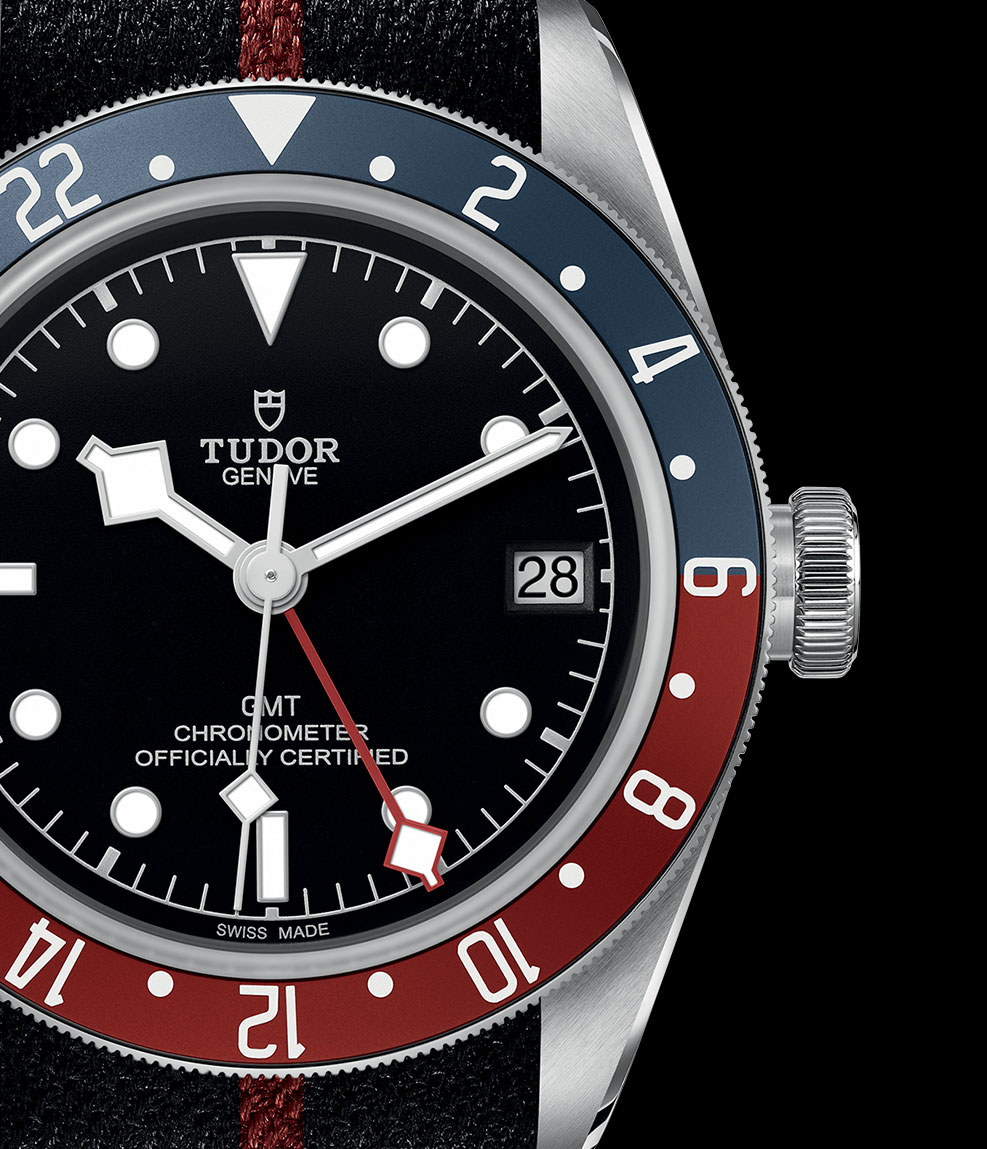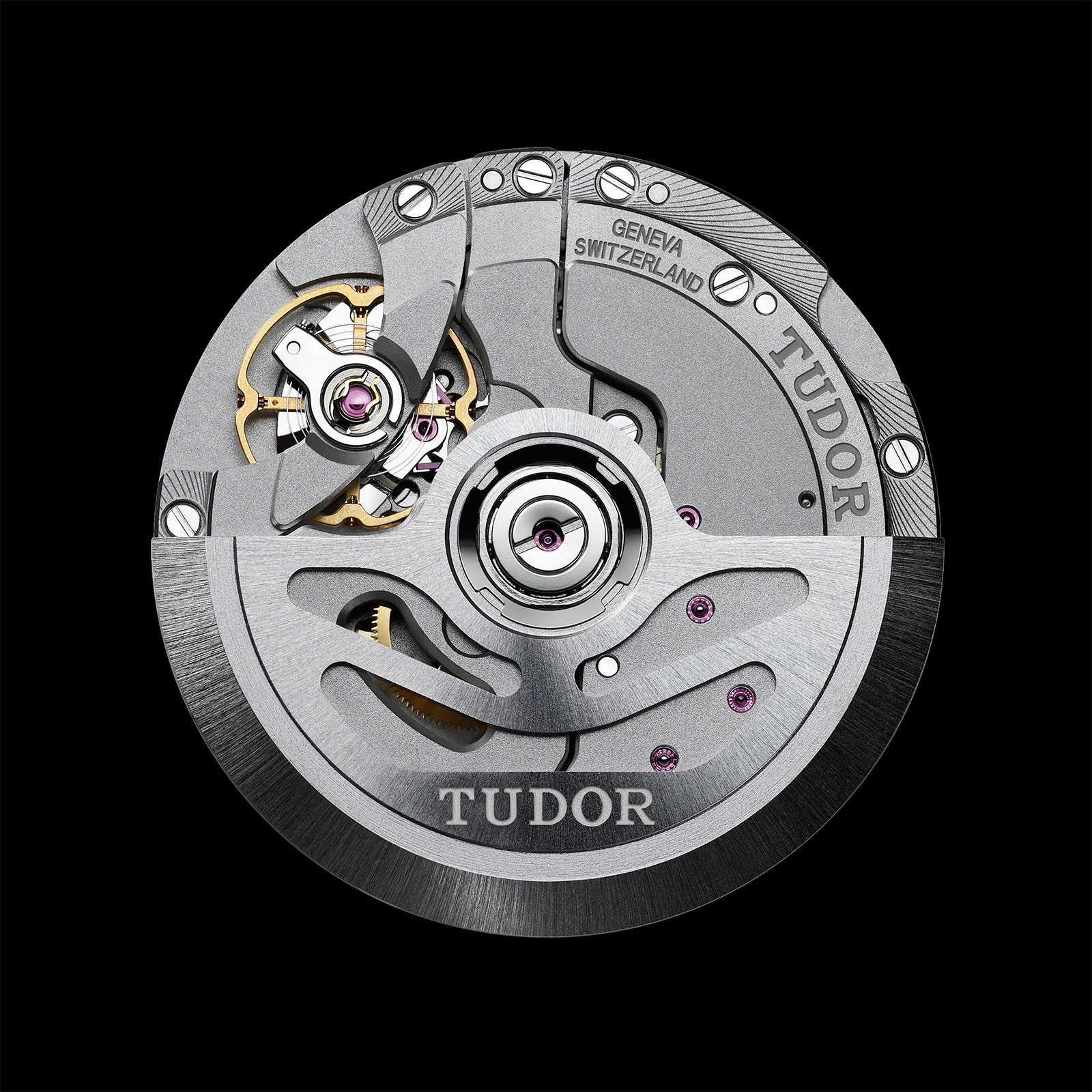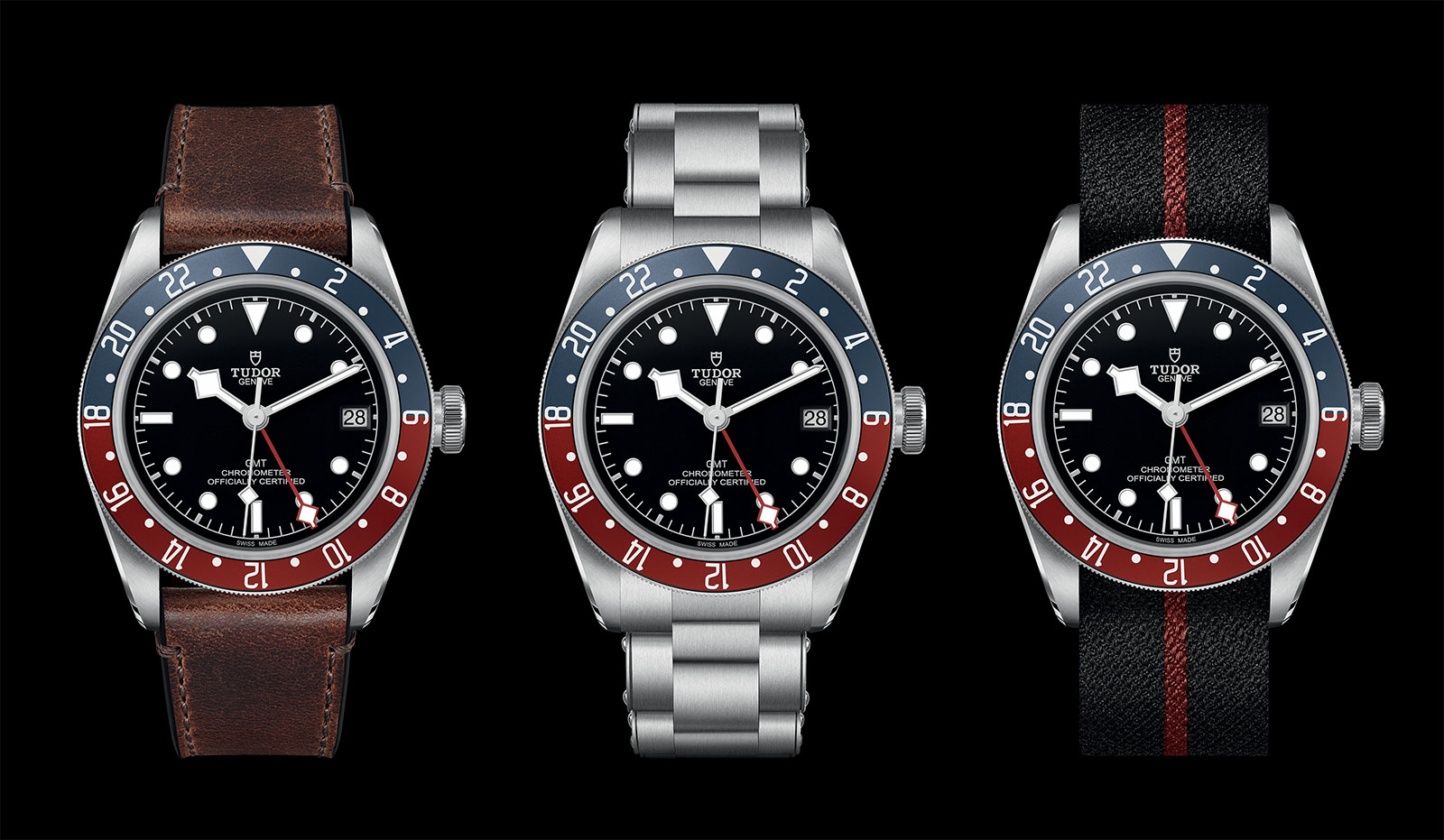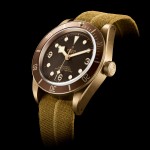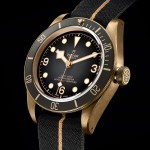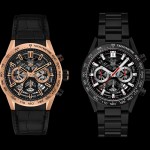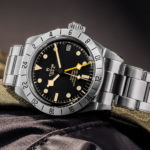From the release of the very first Grand Seiko in 1960, through to the end of the production of mechanical Grand Seiko watches in 1975, one of the key aims of the brand was to produce watches that were as precise as possible. This quest for ultimate precision in a mechanical wristwatch reached its zenith with the V.F.A, short for “Very Fine Adjusted”, references that first launched in 1970.
The merely Grand, the Special and the VFA
Back in 1960, the Grand Seiko “First” was launched with its 3180 calibre designated as having achieved a chronometer standard of a mean daily rate across the 5 tested positions of between -3 and +12 seconds. It was the first wristwatch from Japan to receive an “excellent” rating from the Bureaux Officiels de Controle de la Marche des Montres, then Switzerland’s official chronometer testing agency. Consequently, the “First”, along with the subsequent 43999 and 5722-9990 references proudly displayed the “Chronometer” on their dials.
Following a decision by the Swiss agency that only watches tested in Switzerland could be referred to as chronometers, Grand Seiko could no longer label their watches as such, but the Japanese watchmaker responded in the best way possible. In 1966 Seiko introduced its own certification – the now famous “Grand Seiko Standard” of a mean daily rate of between -3 and +5 seconds. At the time, the Swiss standard – still under the auspices of the same chronometer testing agency – was between -1 and +10 seconds.
To this day, all mechanical watches from Grand Seiko are produced to at least meet this standard. But there are a few references, from both the vintage and modern periods, that go further. A lot further.
Apart from the “Grand Seiko Standard”, there were two further standards that defined even greater levels of chronometric performance. The “Grand Seiko Special Standard” delivered a mean daily rate of between -3 and +3 seconds per day; and the “Grand Seiko Very Fine Adjusted Standard”, achieved a mean daily rate of between -2 and +2 seconds per day. Not only that, but VFA watches were guaranteed to be accurate to within one minute per month for the first two years of ownership.
In this article we will take a look at all of the vintage VFA references, presenting them in the chronological order that they appear in official Seiko publications of the time, using scans from those publications and photographs of watches from privately owned collections.
Suwa Seikosha and Daini Seikosha
Vintage Grand Seikos were made by two different facilities – Suwa Seikosha and Daini Seikosha -an arrangement set up in 1959 by the parent Seiko group in order to create internal competition in the belief that this would lead to improved products.
And the strategy certainly worked, as throughout the 1960’s both Suwa and Daini would not only compete commercially, but also submit movements to the legendary Le Concours chronométrique de l`Observatoire de Neuchâtel, or Neuchâtel Observatory chronometer trials, culminating in Daini-made watches taking 4th, 5th, 7th and 8th positions in 1967.
Whilst it is important to stress that – unlike with Girard-Perregaux which also submitted prize-winning movements – none of Daini’s competition movements ever made it into wristwatches sold to the public, the lessons learned by both Suwa Seikosha and Daini Seikosha from creating movements for competition clearly would have been instrumental in the development of the VFA references.
Watches produced by the two factories can be identified by the different logos that appear on the dial above the six o’clock index.
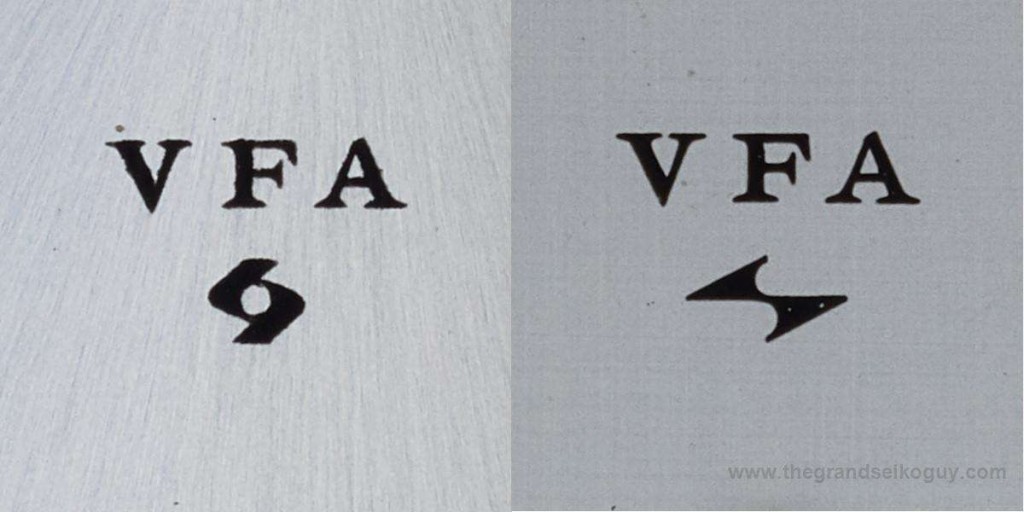
Suwa Seikosha (left) and Daini Seikosha (right) logos
Seiko reference numbers
Vintage Grand Seikos are identified by two different references. One reference can be found on their case backs and comprises of two sets of numbers. The first set identifies the movement – “6185”; and the second, the case design, “8010”. These two four digit codes are combined into a single code “6185-8010” that is stamped into the case back.
The other reference is one that is used in the official catalogues, and comprises the movement code and then three digits to identify a specific model utilising that movement. An example would be “6185 014”.
Typically, people will use the case back code to identify a specific reference, but this can lead to some confusion as a single case back code may be shared by more than one model. In order to prevent any possible confusion, for the purposes of this article we will refer to the references by first stating their catalogue code, and then in parentheses the case back code. First up will be the watch featured on the front page of the publication that introduced the VFA’s to the world – the 6185 014 (6185-8000).
The vintage Grand Seiko “Very Fine Adjusted” references
Here we detail each VFA reference, according to their debut in chronological Seiko catalogues and literature, starting with the January 1970 Seiko Sales newsletter.
Seiko Special Luxury catalogue, 1970 – the introduction of the VFA
The January 1970 Seiko Sales newsletter marks the debut of the VFA. Appearing on the cover is the Suwa Seikosha-made 6185 014 (6185-8000), notable for its silver-palladium alloy case and remarkable bracelet made from the same alloy.
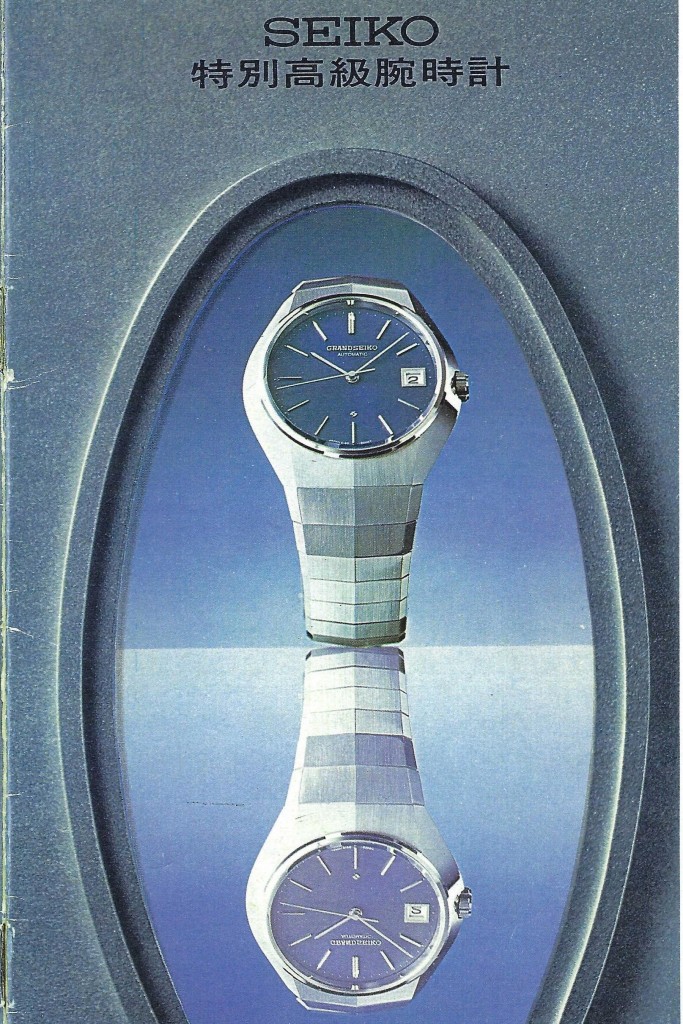
Seiko 1969 Special Luxury Catalogue
This was the first time Seiko published a Special Luxury Catalogue, and marks the debut of the VFAs in an official Seiko publication. Appearing on the cover is the Suwa Seikosha-made 6185 014 (6185-8000), notable for its silver-palladium alloy case and remarkable bracelet made from the same alloy.
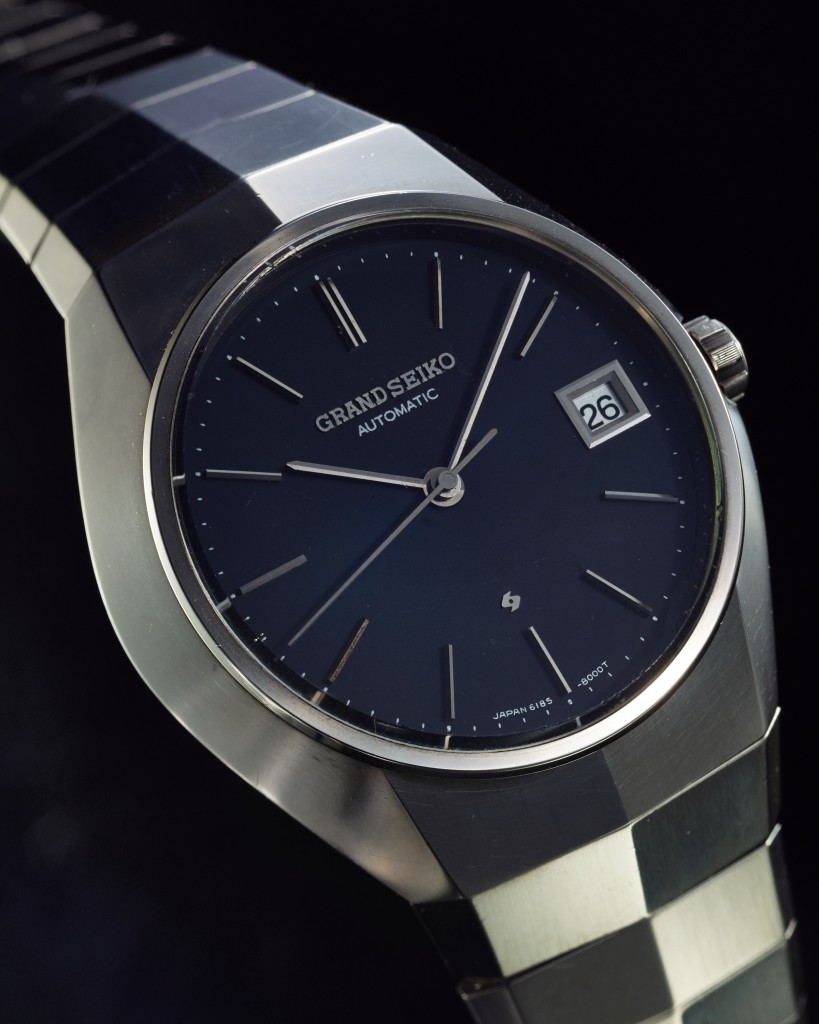
Grand Seiko 6185-014
The 6185 014 is one of the rarest of all the vintage VFAs. Not only is this model hardly ever seen on sale – perhaps once every five years or so – but photographs of the reference are few and far between.
Turning to the inside pages of the catalogue, we are presented with a double page spread that shows the first four VFAs that were introduced in 1969.
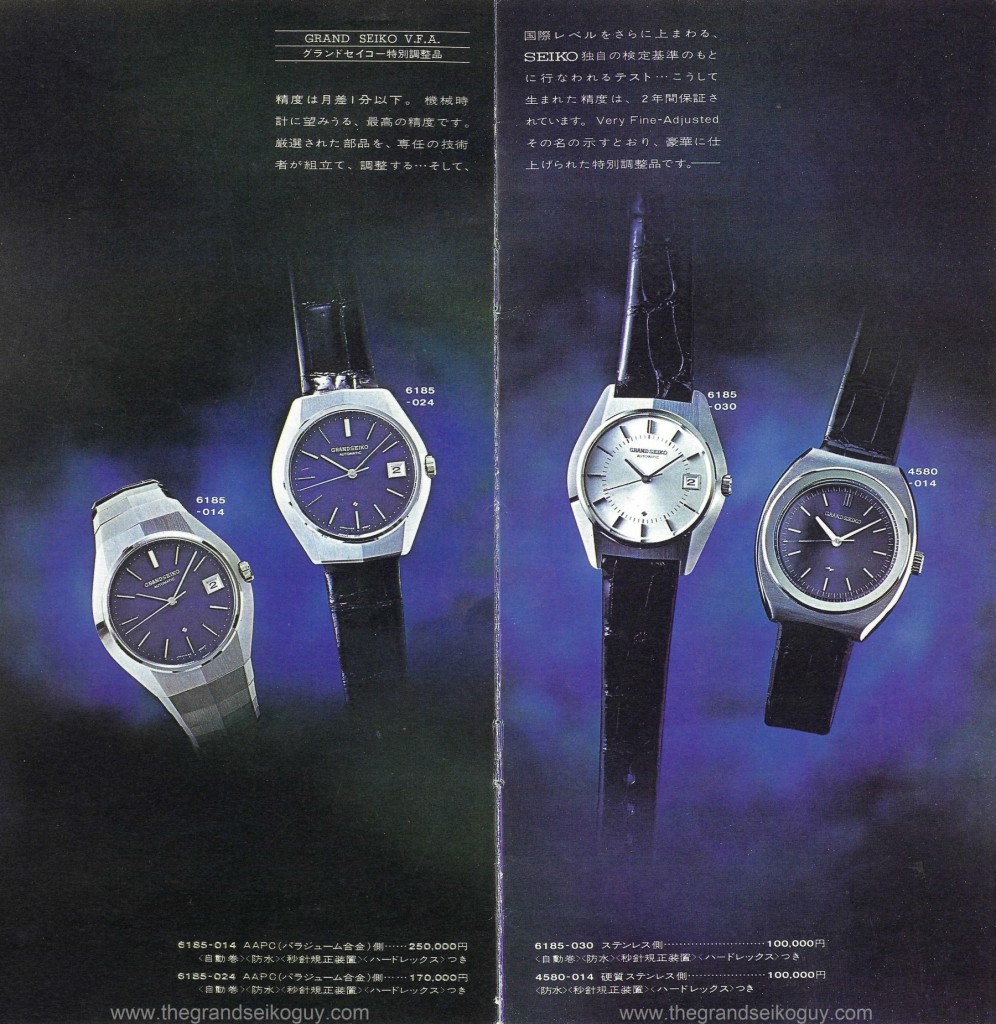
Seiko 1969 Special Luxury Catalogue pages 8-9
Pictured in the catalogue next to the 6185 014 is one with the catalogue code 6185 024. It would appear from the catalogue shot that this reference is simply the same watch, but presented on a leather strap.
However, when we see this reference in the wild, it is clear there is a significant difference between the two.
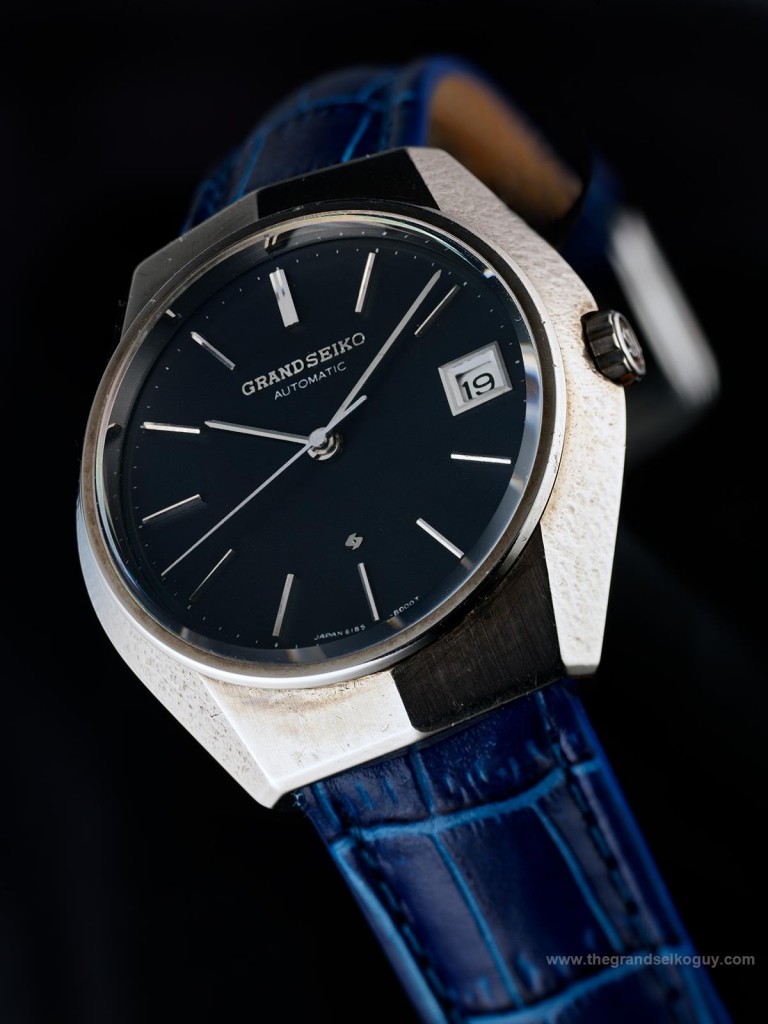
Grand Seiko 6185 024 VFA. Note the applied Suwa Seikosha logo above the six o’clock index
Pictured above what the author believes represents the 6185 024 (6185-8010) as it was sold to the public. Note that the sides of the case have a hammered finish, whereas that on the 6185 014 (and also shown on the image of the 6185 024 in the newsletter) are smoothly polished.
It’s only conjecture, but possibly a single example of the 6185 014 was provided for photography, and shot both on its bracelet and on a leather strap.
The author has never seen an example of a smoothly polished cased 6185 014 without its accompanying bracelet. Not surprising when you consider the additional cost of that bracelet – it’s hardly a throwaway item. Conversely, every example of a 6185 024 that has been seen without a bracelet has the hammered case.
On the right hand page of the double page spread we see two more VFA references depicted.
On the left, again from Suwa Seikosha, is the 6185 030 (6185-8020).
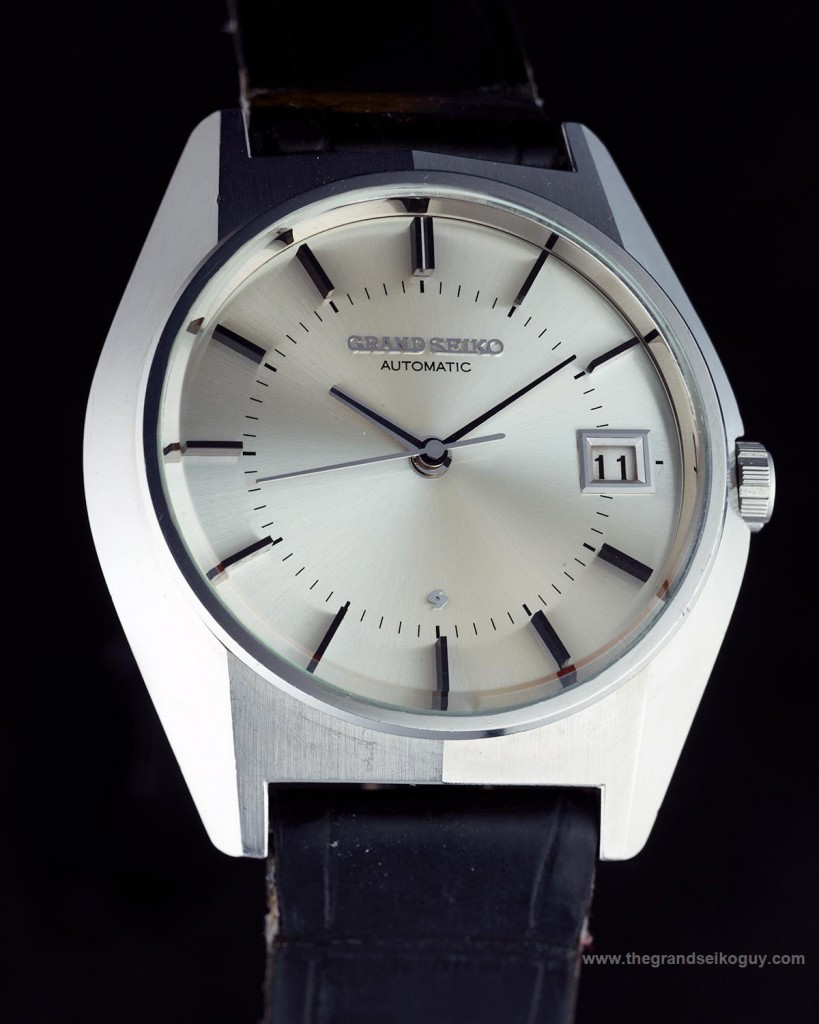
Grand Seiko 6185 030 VFA
This reference, like the two on the previous page, has the 6185A movement. It is notable for its striking three dimensional hour indices that could possibly have been inspired by the monolith from the film 2001 A Space Odyssey, which was released a year prior to the first known examples of this reference. The dimensions of the indices certainly appear to be based on the same 1:4:9 ratio as those of the monolith.
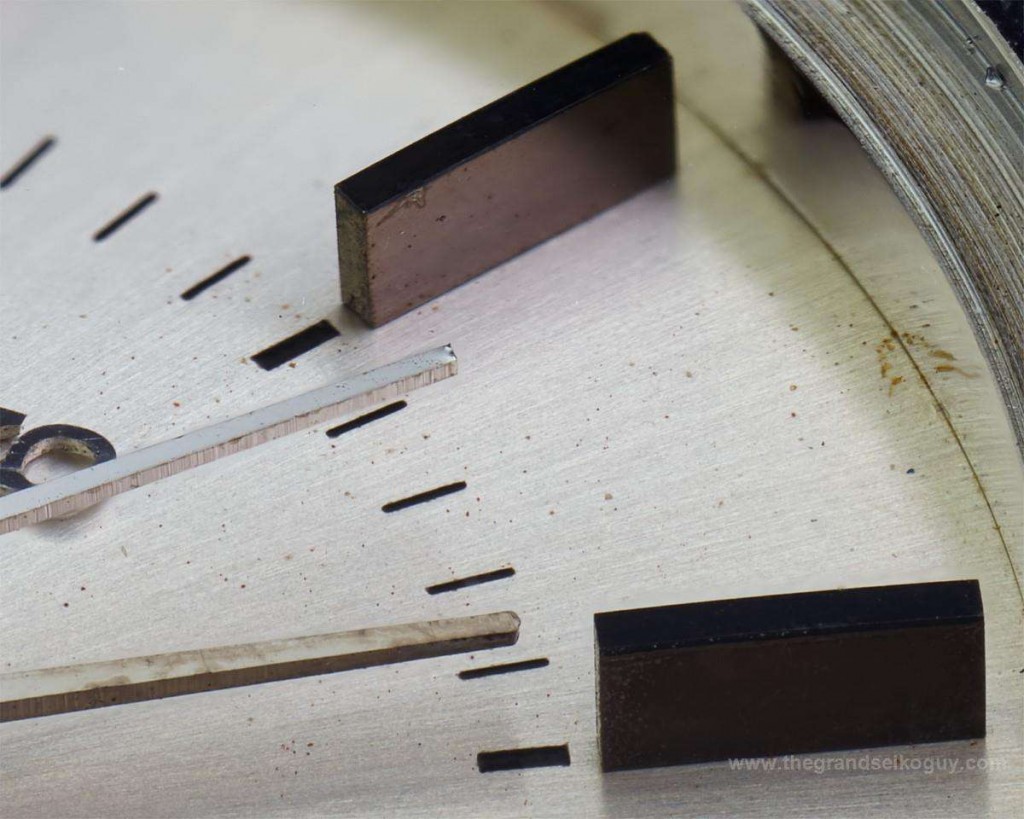
Macro shot of the hour indices on the Grand Seiko 6185 030 VFA
The watch pictured next to it, the 4580 014 (4580-7000) utilizes the 4580 movement and was the first of just three VFA’s produced by the Daini Seikosha division.
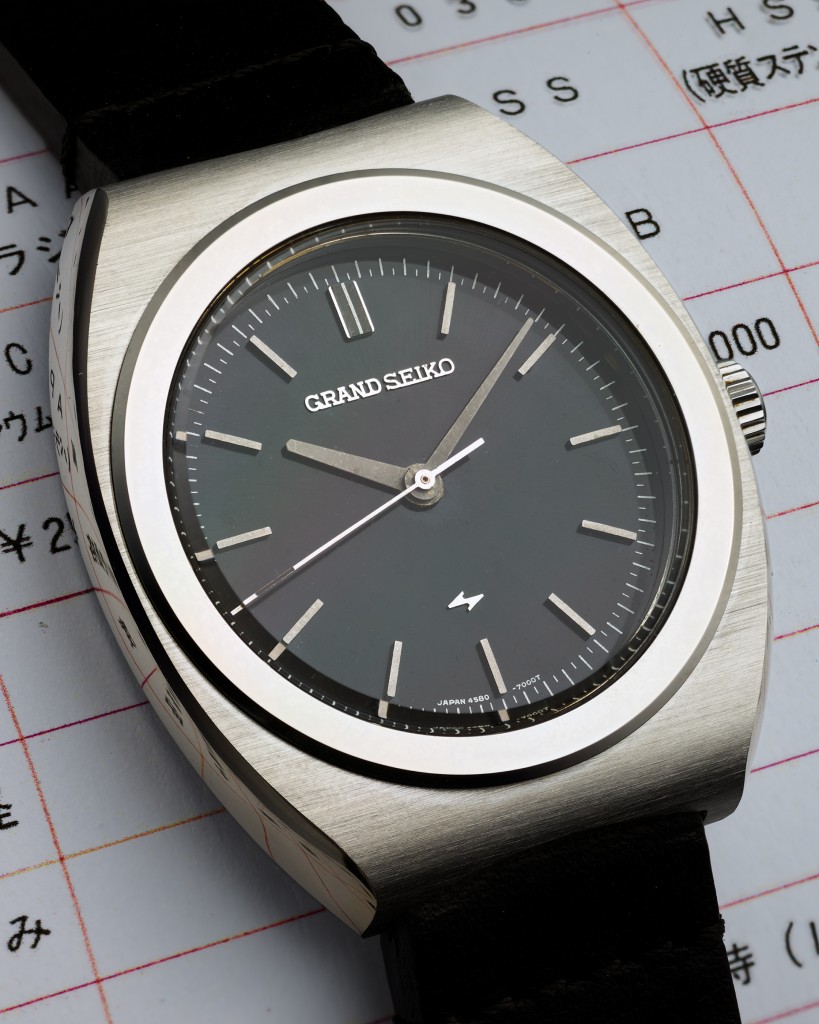
Grand Seiko 4580 014
This is a striking reference that seems to have been created with almost no regard whatsoever to Seiko’s famed “Grammar of Design”.
One interesting thing to note about these initial four VFA watches is that none of them actually have “VFA” on the dial.
Seiko Special Luxury catalogue, 1970 – three new VFA references
Whilst the regular Seiko catalogue “1970 No. 2” features the same four references that appeared in the January 1970 issue of the Seiko Sales newsletter, the 1970 edition of the Special Luxury Catalogue introduced a further three models.
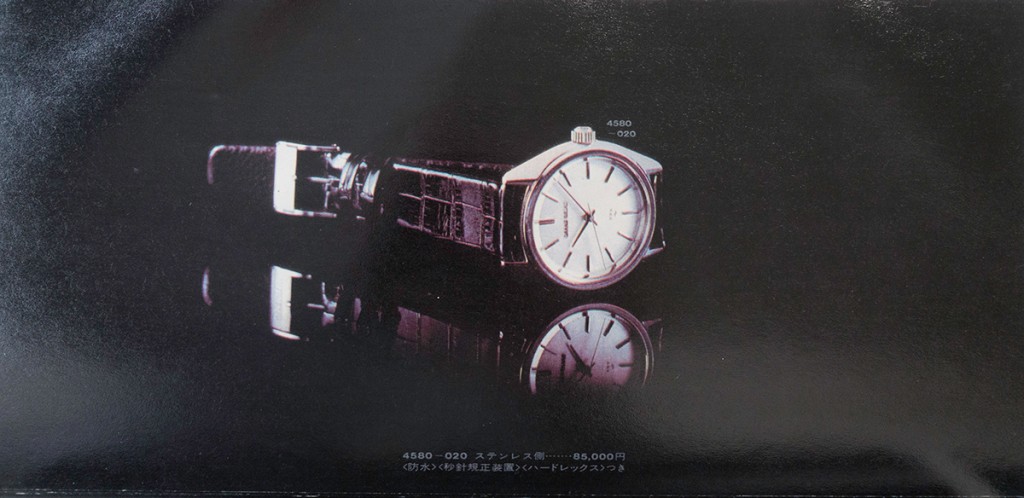
Scan from Seiko Luxury Special catalogue 1970
The above image is taken from the 1970 issue of the Seiko Special Luxury catalogue, which has only very recently come to light thanks to research undertaken by Anthony Kable of Plus9Time at the Seiko Museum in Tokyo.
It shows the second VFA equipped with the 4580 movement from Daini Seikosha – the 4580 020 (4580-7010).
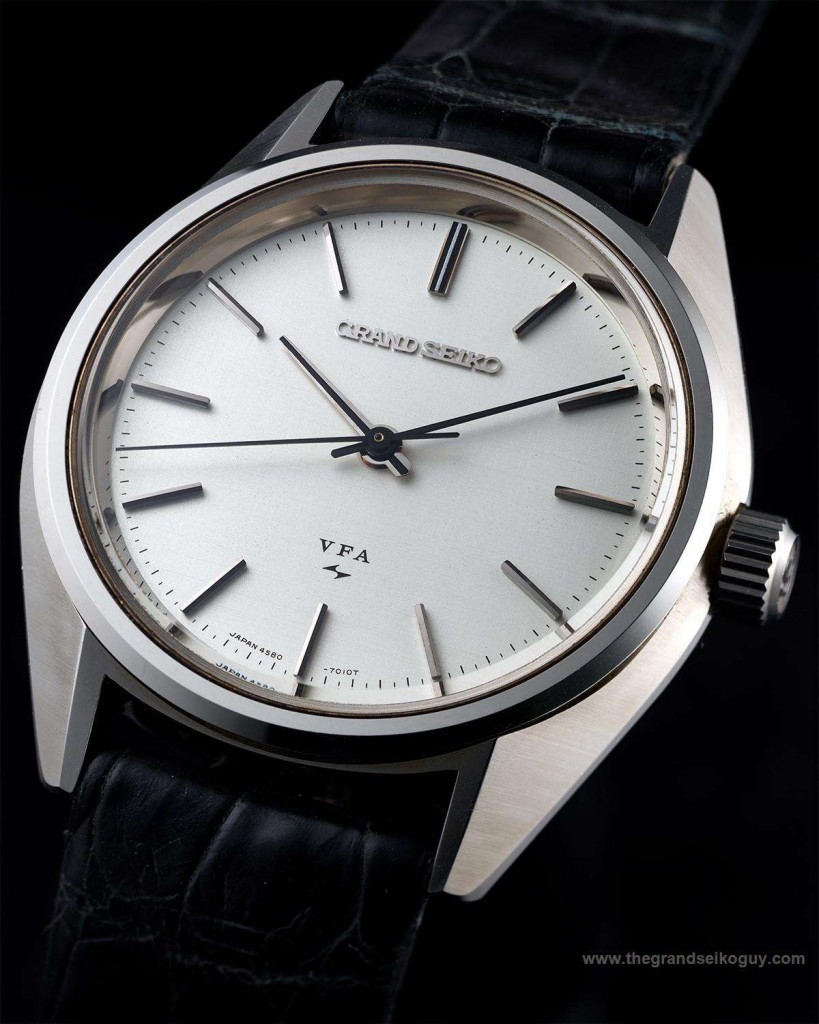
Grand Seiko 4580 020 VFA. Note the Daini Seikosha logo above the 6 o’clock index
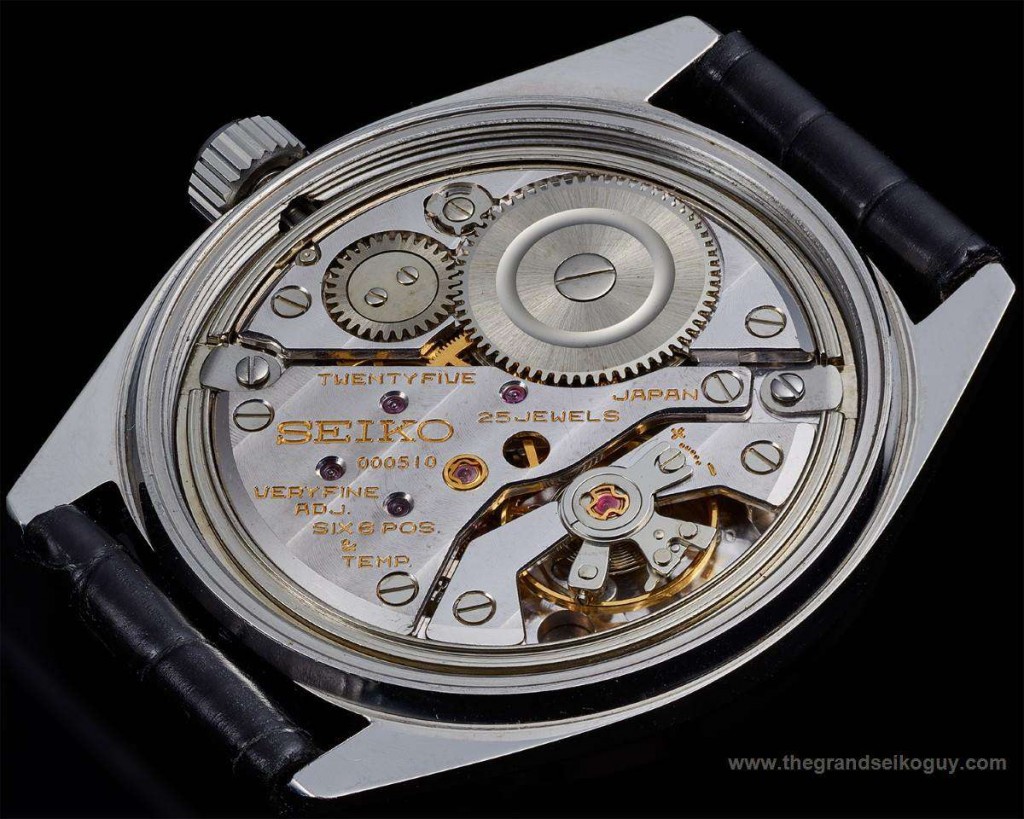
Grand Seiko 4580 VFA movement
Until the discovery of the Seiko Special Luxury catalogue, there was no mention of this reference in the regular Seiko catalogues, nor does it make an appearance in any of the monthly Seiko Sales newsletters. In fact, the only documented confirmation of the model’s existence was a brief mention of a 45GS series VFA priced at ¥85,000 in a 1971 diary that was distributed to retail sales staff. That is not to say there was any doubt as to the authenticity of this reference, but until February 2018, no images of the watch in contemporaneous official Seiko publications had been discovered.
The 4580 020, like its more radically designed 4580 014 kin, is an extremely rare timepiece, with fewer than 100 examples believed to have been produced of each reference.
Turning the page in the catalogue reveals three VFAs from Suwa Seikosha. The one on the right we have already seen – it’s the 6185 030 (6185-8020).
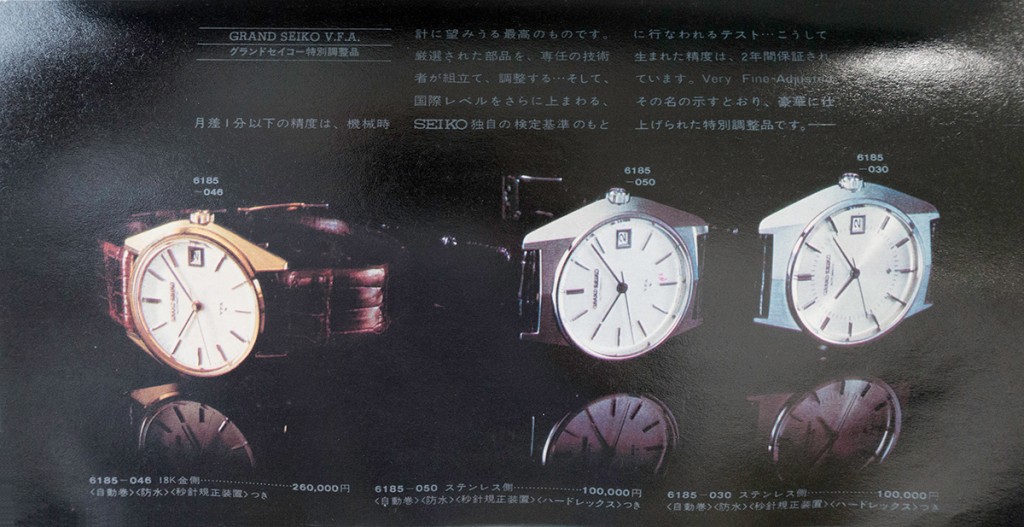
Scan from Seiko Luxury Special catalogue 1970
The 18K gold cased watch on the left hand side of the page is the 6185 046 (6185-7000). Once again utilising the 6185A movement, this watch has a stunning linen-textured dial that is all but impossible to see in the catalogue photo, but which is clearly visible in the photo below.
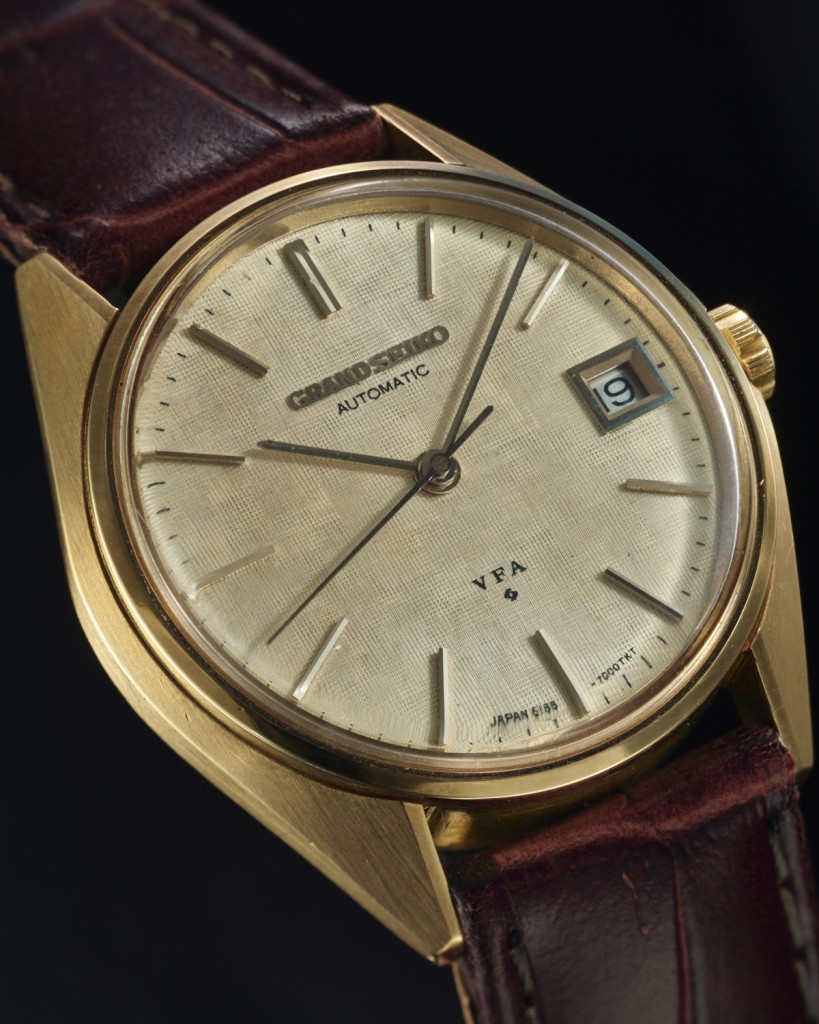
Grand Seiko 6185 046
In the middle, we see another new reference – the 6185 050 (the second example of a VFA to have a case back reference of 6185-8020).
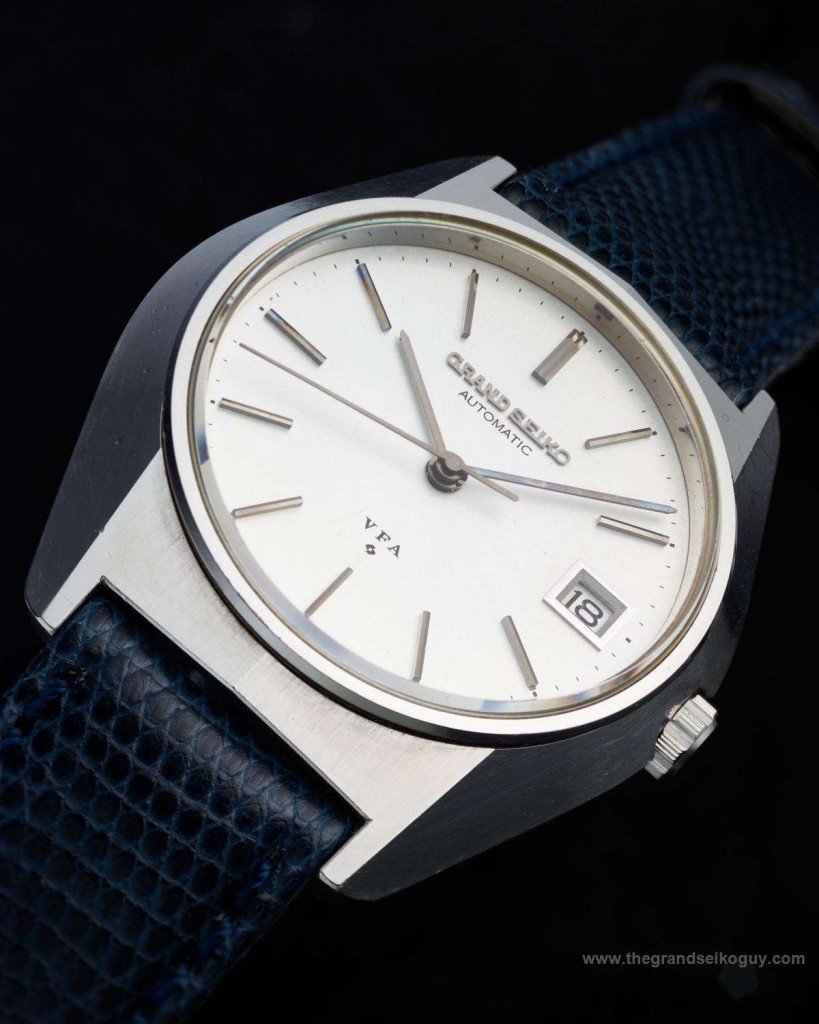
Grand Seiko 6185 050 VFA
Whilst sharing the same case back reference as the model pictured to the right to it, the dial and handset of this watch are very different, with a matte white, rather than silver sunburst, finish to the dial, and more traditionally proportioned indices and hands. This watch also utilised the 6185A movement.
After this initial launch of the first seven VFA references, we see no new models appear in publications for two years.
Seiko Special Luxury catalogue, 1972 – introduction of the day-date references, and a ladies VFA
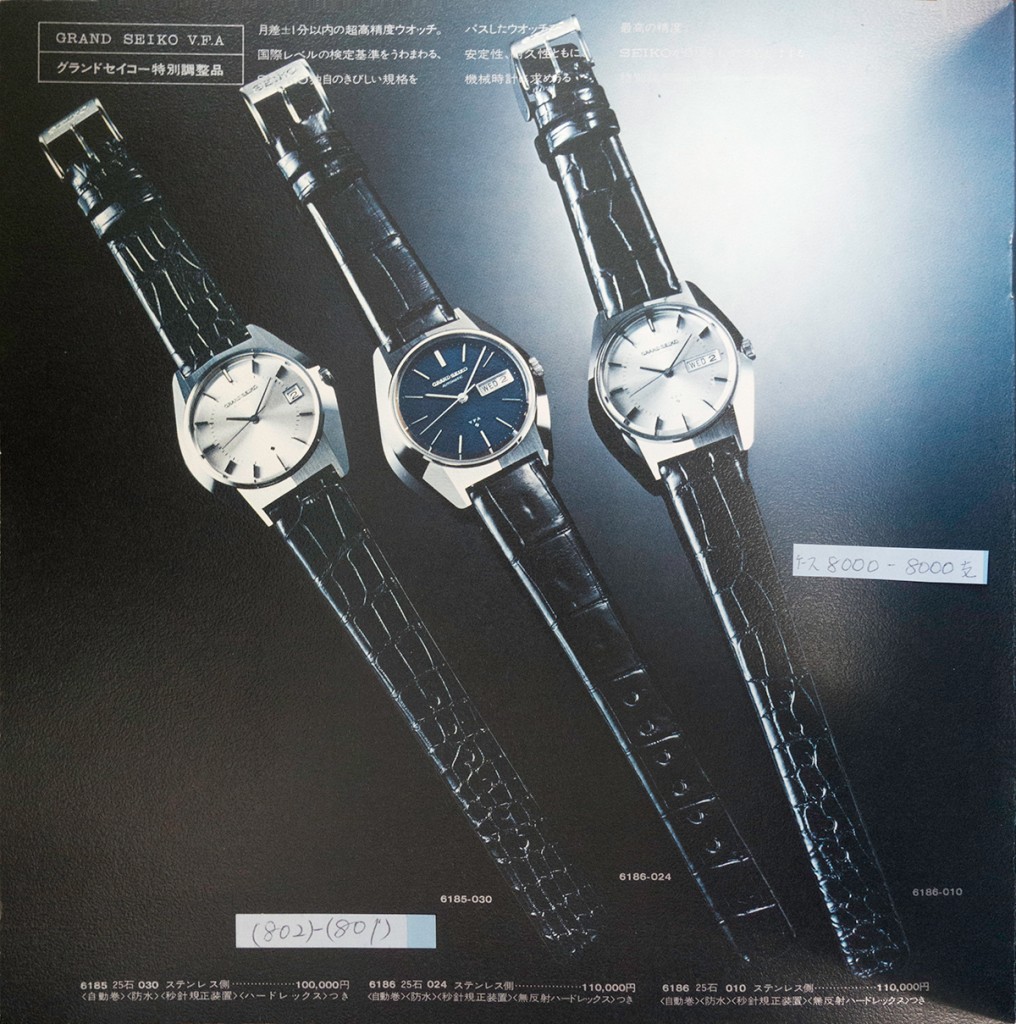
Scan from Seiko Special Luxury catalogue 1972
Once again, on the left we see the 6185 030, but the other two watches are new, and the only VFA’s that feature a day-date complication.
First up with have the 6186 024 (6186-8000).
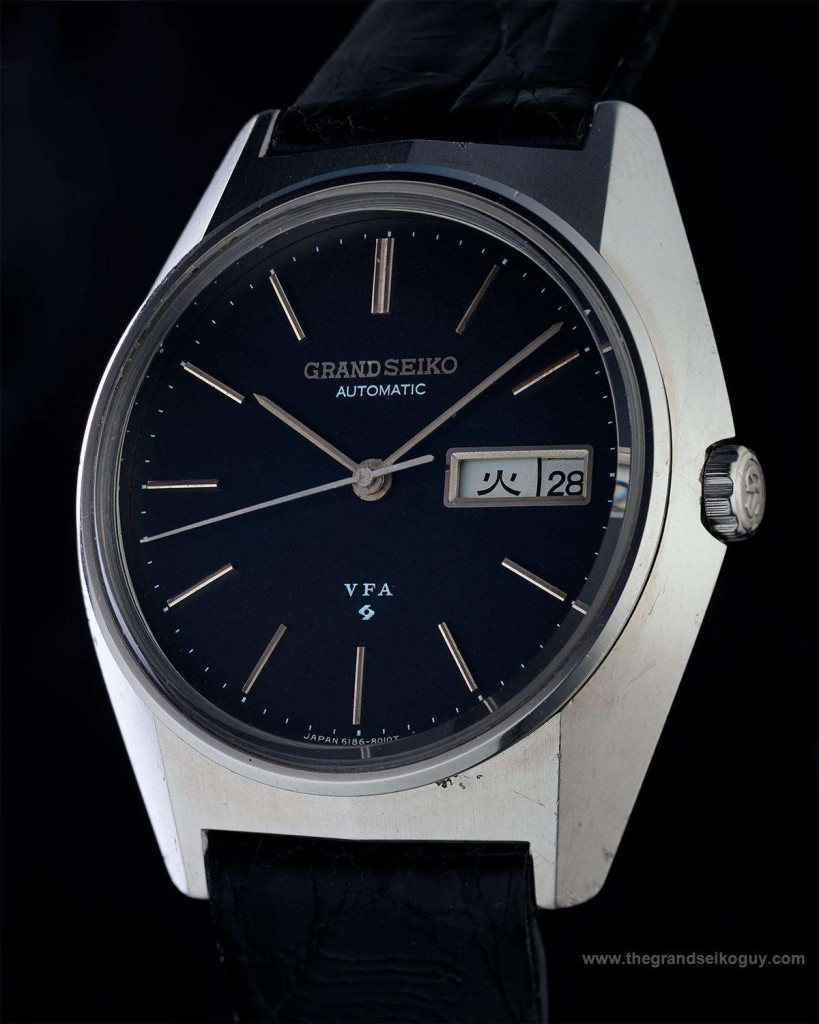
Grand Seiko 6186 024 VFA
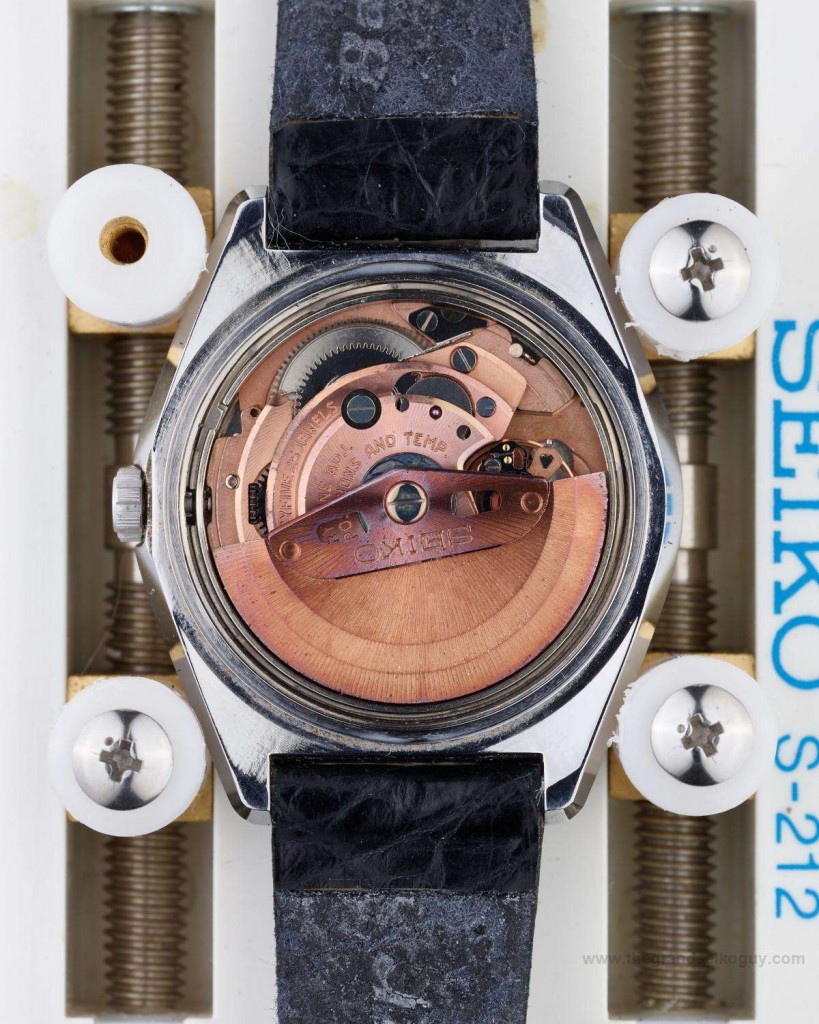
Grand Seiko 6186B movement
This reference is the only blue dialed VFA to be produced by Suwa Seikosha, and is based on the 6186B calibre. The handset and dial indices are of the same design as those on the 6185 050 featured earlier in this article.
With the final watch featured on this spread we see a return to the three dimensional hour indices first introduced two years previously by the 6185 030.
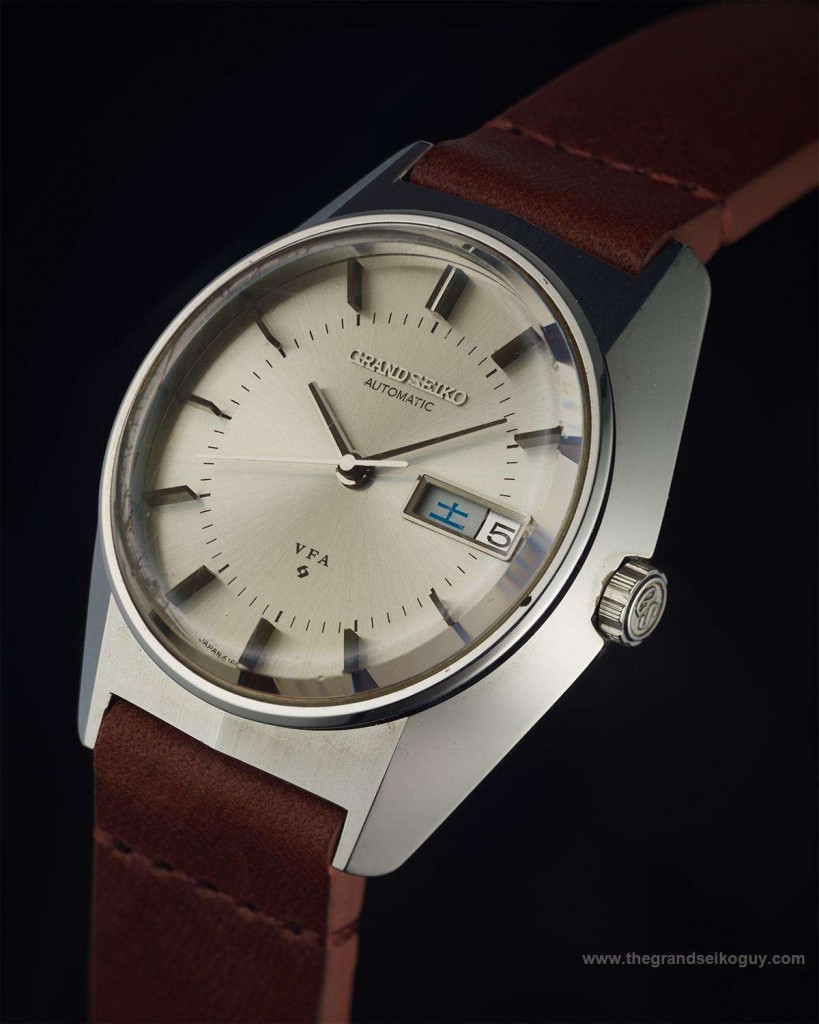
Grand Seiko 6186 010 VFA
Again utilising the 6186B calibre, this reference – the 6186 010 (it shares its 6186-8000 case back reference with the blue dialed watch) – is probably the second most common of all the VFAs, with an example coming onto the market perhaps once every two to three months.
The third new VFA reference introduced in the 1972 Seiko Special Luxury catalogue is the only ladies VFA, the 19GS S400 (1984-3000).
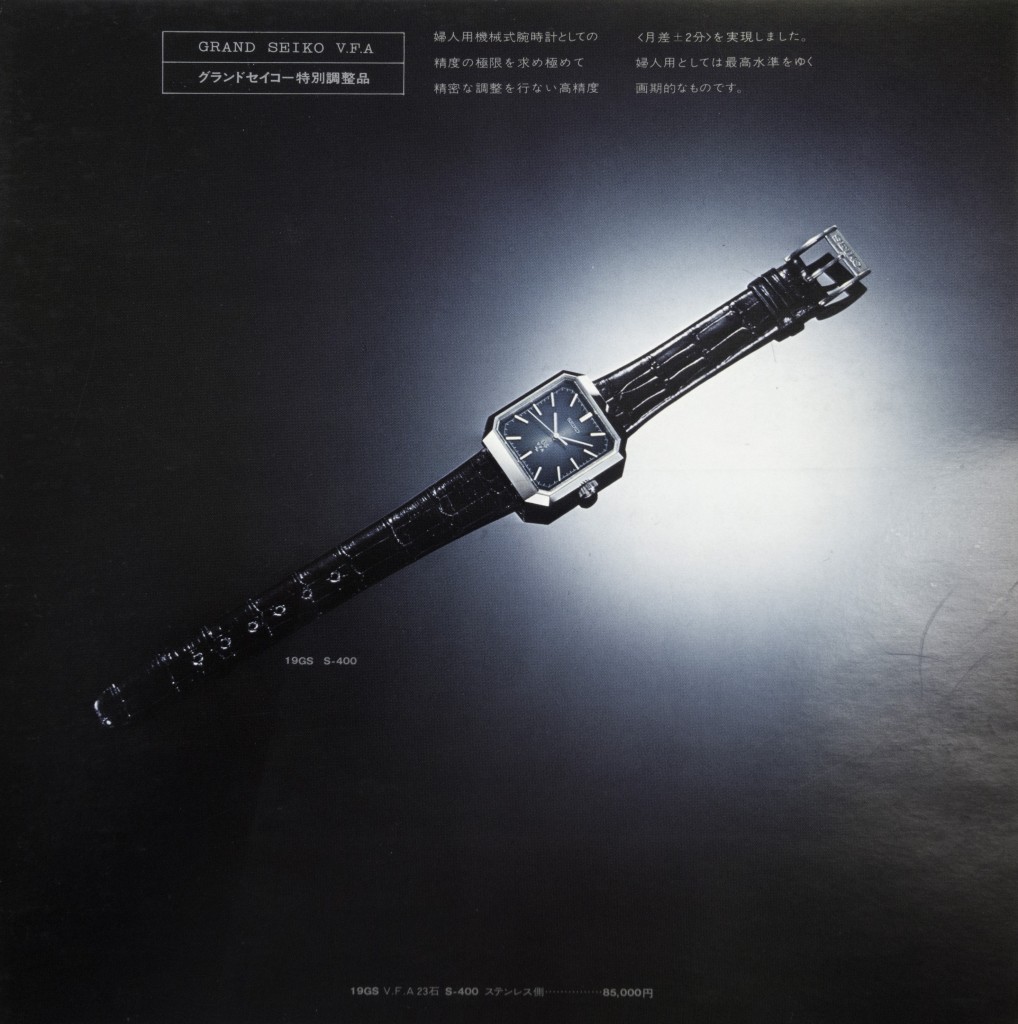
Scan from Seiko Luxury Special catalogue 1972
Presumably due to the constraints of having a smaller movement, the 19GS VFA actually only meets the Grand Seiko “Special” standard of +/-3 seconds per day.
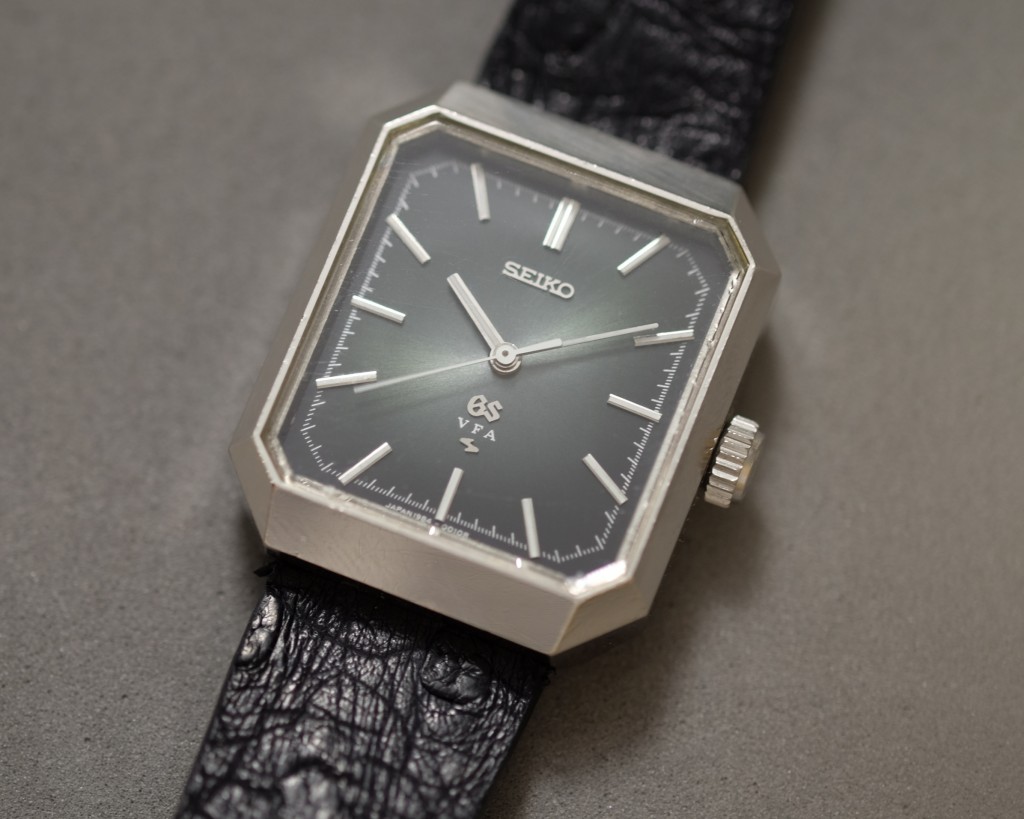
Grand Seiko 19GS S400 (The collection of Erik Strickland)
Seiko catalogue – 1972
The final VFA reference makes a single appearance in the 1972 catalogue.
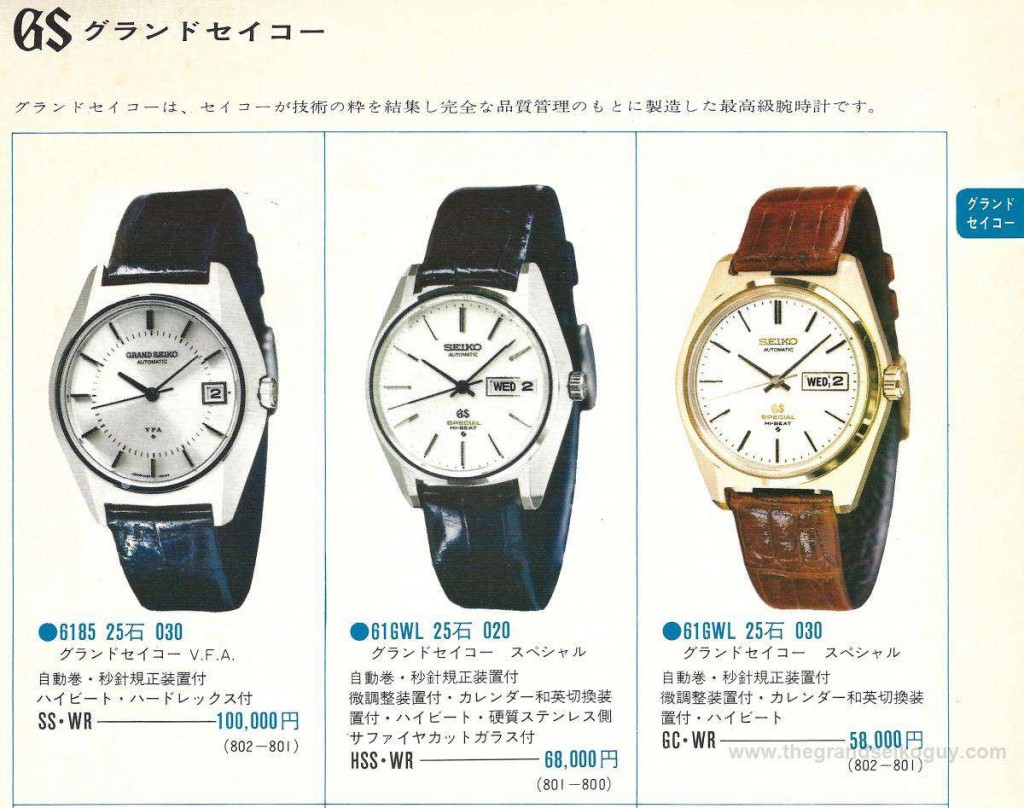
Scan from the 1972 Seiko catalogue
At first glance, the watch above on the left may appear to be the 6185 030 (6185-8020), but looking more closely, we do see a difference. Whereas the original 6185 030 calibre 6185A has an applied Suwa Seikosha logo at above the 6 o’clock index, here we see “VFA” and the Suwa Seikosha logo printed on the dial.
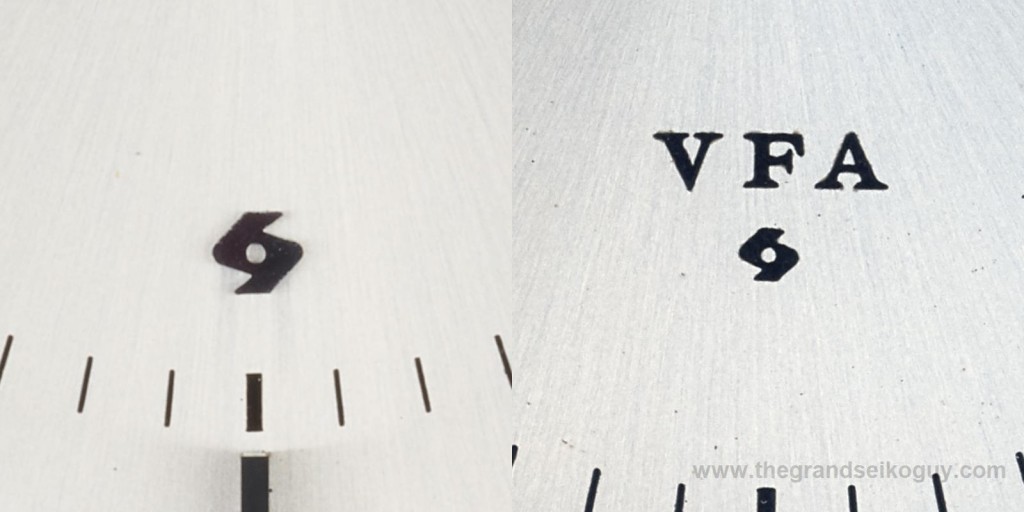
Grand Seiko 6185 030 versions – applied Suwa Seikosha logo on the 6185A calibre (left) and printed VFA and Suwa Seikosha logo on the 6185B calibre (right)
The case back reference for this watch is the 6185-8021 (it retains the same catalogue reference of 6185 030 as its forebear), and is based on the 6185B movement. It is the most commonly seen of all the VFAs – despite only appearing in a single catalogue, it surely must have been on sale for more than just that single year.
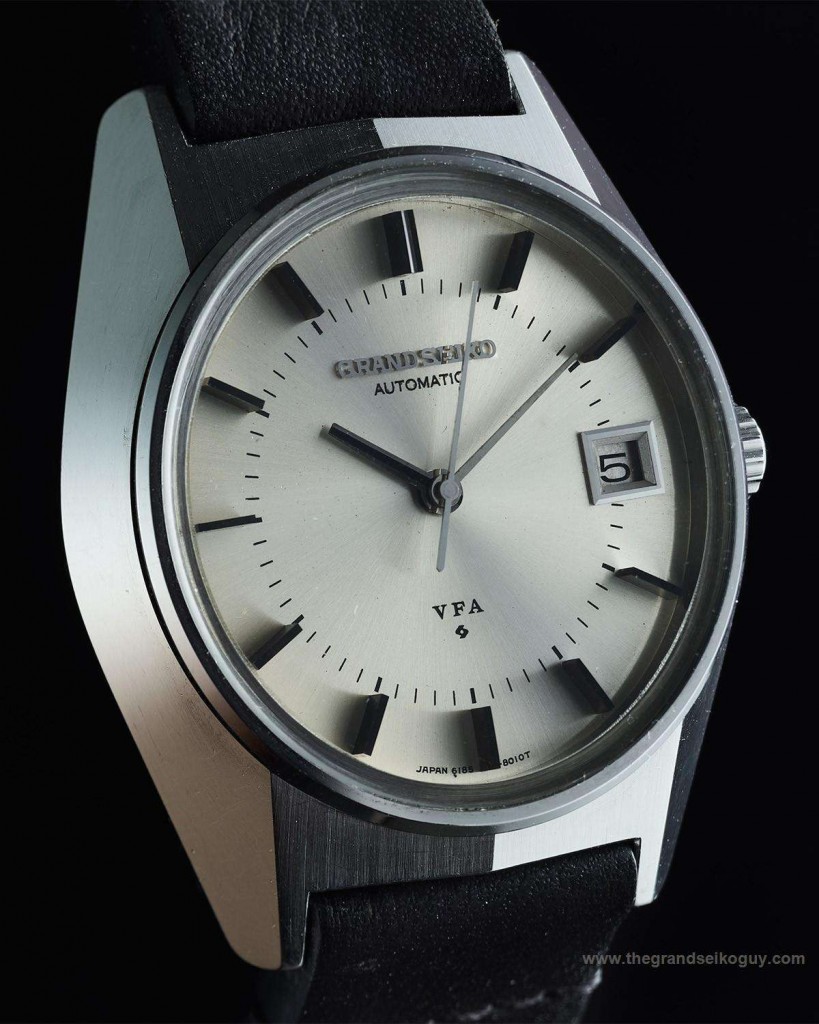
Grand Seiko 6185 030 VFA (with 6185B movement)
Legendary watches
In total, Grand Seiko produced 11 VFA references over a relatively short timeframe. The first models were introduced in 1969, and the last model just three years later in 1972. The final appearance of the mechanical VFAs (and indeed of any Grand Seiko) in Seiko catalogues was in 1975, with just the 6186 010 and 6186 024 represented.
The short production and sales periods of these watches was clearly a direct result of the quartz revolution that Seiko themselves set off with the introduction of the Quartz Astron on December 25, 1969. From 1971, the VFA moniker was also used on quartz watches, but unlike the mechanical references that had an accuracy of +/-2 seconds per day, the 3823 calibre driven quartz VFAs had an accuracy of +/-5 seconds per month.
In 1974, when the Seiko catalogue featured just the two 6186 day-date mechanical VFAs priced at ¥110,000, there were no fewer than seven quartz VFAs offered at prices ranging from ¥94,000 to ¥141,000. It must have been a very tough sell to convince a customer to purchase an old fashioned mechanical VFA that was an order of magnitude less accurate than a similarly priced, high tech quartz regulated alternative.
By 1975, Seiko had improved the quartz movements to such an extent that they were offering “Quartz Superior” references that were accurate to an incredible +/-1 second per month. It’s hardly suprising that the entire Grand Seiko model range was then retired.
Whilst the Grand Seiko name was resurrected in 1988 with quartz models accurate to 10 seconds per year, it wasn’t until a decade later that the mechanical Grand Seiko was reintroduced.
That it took another two decades before Grand Seiko – with the introduction of the platinum case 20-piece limited edition SBGH265 at Baselworld 2018 – was once more able to produce a watch that meets the exacting “Very Fine Adjusted” standard, speaks volumes about the astonishing achievement of the watchmakers at Daini Seikosha and Suwa Seikosha 50 years ago – the legendary V.F.A.
Table summarising the key features of the 11 Grand Seiko VFA references
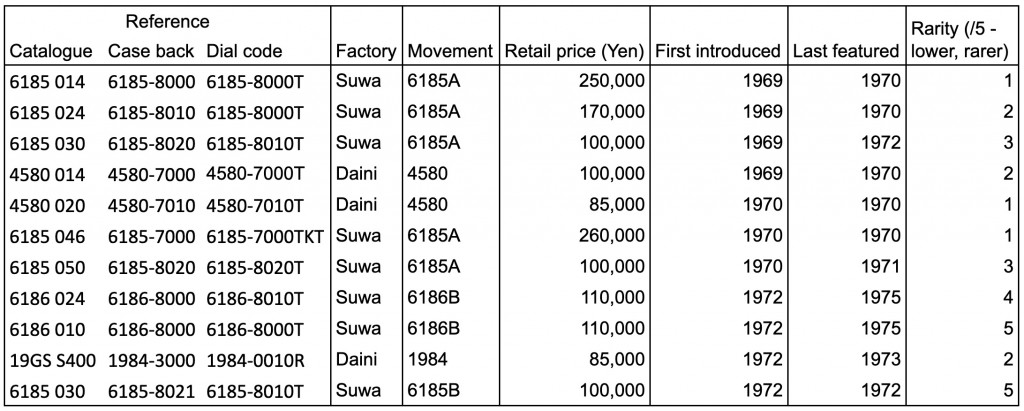
Grand Seiko VFA summary table
Acknowledgements
The author would like to thank Anthony Kable of Plus9Time for his considerable assistance with the background research for this article and providing the scans of the Seiko Special Luxury catalogues, and Erik Strickland for providing photographs of the 4580 014 and 19GS S400.
Update August 20, 2019
This article was edited as follows –
A Seiko Special Luxury Catalogue from 1969 was discovered that detailed the first four VFA’s. Since this predates the January 1970 edition of Seiko Sales that was previously thought to be their first appearance, the first part of this article has been substantially edited.
Following the author’s acquisition of additional VFA models, new images have been added into the article of the 6186 014, 4580 014, and 6185 046.
The previous version of this article stated that the 6185 046 and 6185 050 references utilised the 6185B movement. On checking physical examples, this was found not to be the case. Both these references utilise the earlier 6185A movement.
The table at the foot of the article has been updated to reflect the above amendements.
Gerald Donovan is a UK born, Dubai based, watch collector, dealer, photographer and historian, specialising in vintage Grand Seikos. His website – The Grand Seiko Guy – not only showcases the largest curated selection of vintage Grand Seikos available for sale anywhere in the world, but also provides extensive details about every vintage Grand Seiko reference ever made.
Back to top.